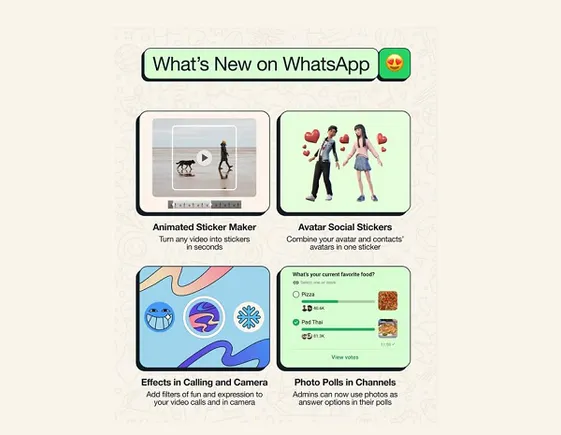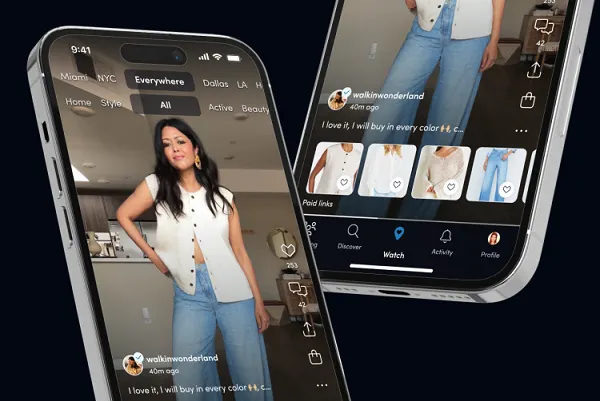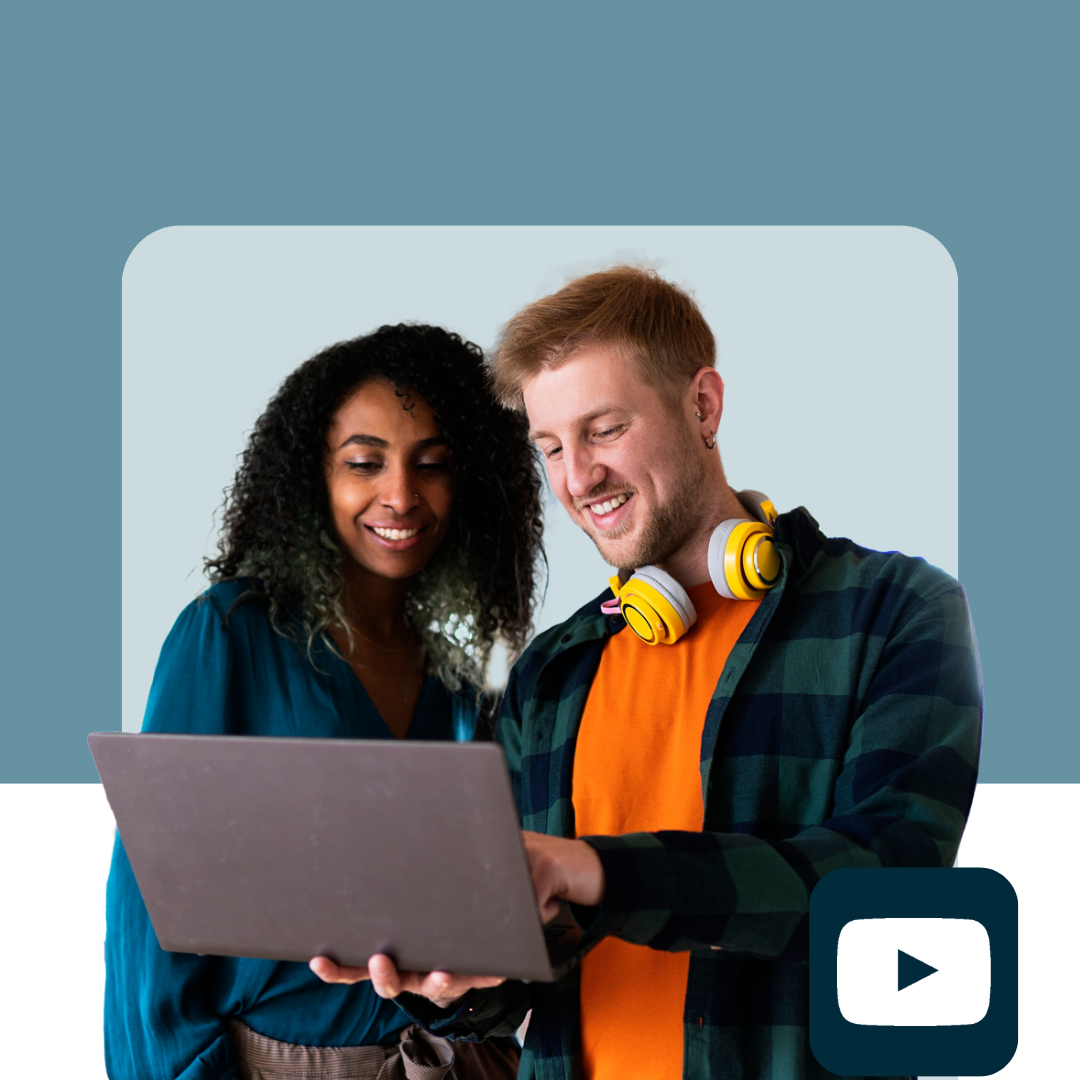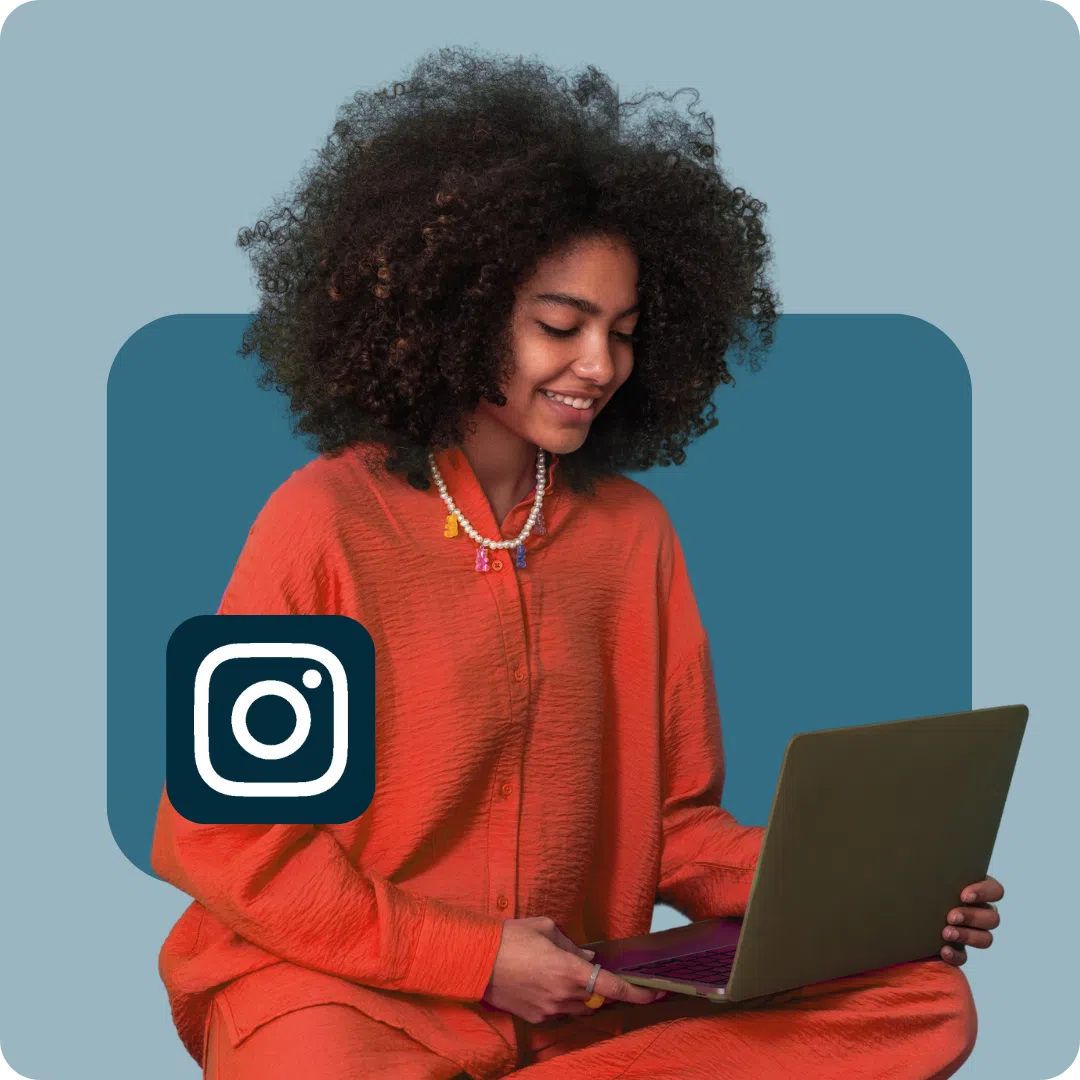Influencer marketing campaigns: 8 examples that drive real results
Explore 8 real-world influencer marketing campaigns—plus practical tips, examples, and strategies to help your next collab drive real results. The post Influencer marketing campaigns: 8 examples that drive real results appeared first on Social Media Marketing & Management Dashboard.
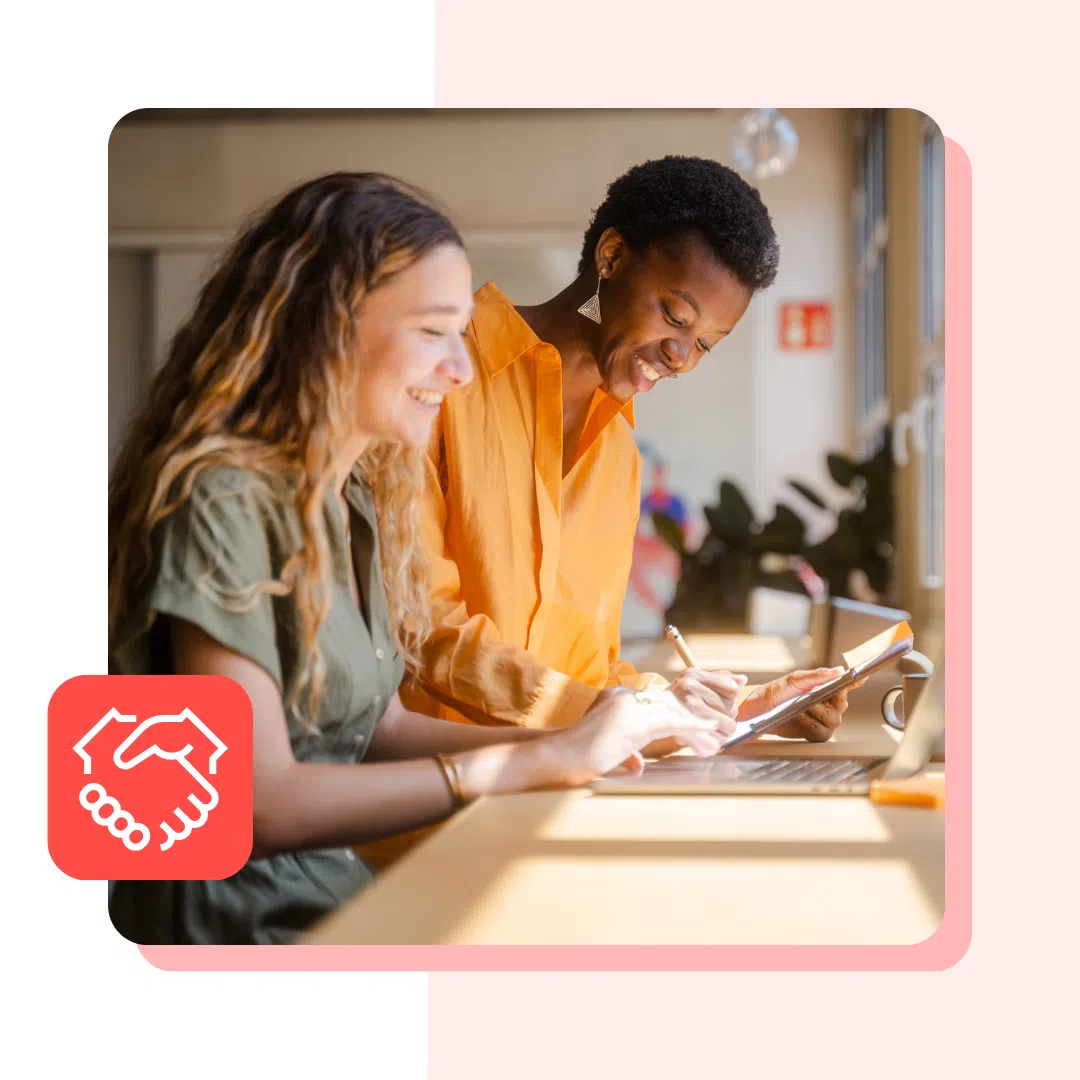
Influencer marketing campaigns are a multi-billion-dollar business, and each year, more and more savvy brands partner with influential social creators to drive revenue, boost visibility, and connect with motivated audiences.
But not every collab delivers results. The most successful campaigns feel authentic, align with both the creator’s voice and the brand’s goals, and offer real value to the audience. From product demos to storytelling and interactive challenges, these partnerships go beyond #ads to build genuine engagement and trust.
So what does that look like in action? In this post, we’ll break down real-world examples of influencer marketing campaigns that don’t just look good on social — they drive serious results.
Key takeaways
- Influencer marketing campaigns that work are built on strategy, not just follower count. The best campaigns align creator authenticity with brand goals, clear KPIs, and audience targeting.
- There’s more than one way to partner with a creator. From sponsored posts to co-created products, affiliate marketing, and real-world activations, brands can choose from a range of campaign types based on goals and budget.
- Authenticity wins across all platforms. Today’s social media audiences—especially Gen Z—respond best to influencer content that feels personal, imperfect, and aligned with the creator’s usual voice.
- Successful influencer marketing is measurable. The most effective campaigns prioritize real-time optimization, audience resonance, and creative freedom—while tracking metrics that matter.
- You don’t need a massive budget to see big results. Whether you work with micro-influencers, tap into UGC, or use affiliate models, thoughtful partnerships can drive engagement, conversions, and brand loyalty.
What is an influencer marketing campaign?
Influencer marketing campaigns are strategic partnerships between brands and content creators designed to share authentic stories with targeted audiences.
Think of it as a trusted recommendation — only now, your friend has a ring light and a follower count in the thousands (or millions).
But it’s not just about sending free samples and hoping for the best. Great influencer marketing efforts in 2025 are built on alignment between brand goals and creator authenticity, whether you’re working with a micro-influencer or a macro-influencer with a massive follower count.
Influencer content has evolved. While some creators still post selfies with a brand’s products, campaigns today also include live shopping, AI influencers, virtual reality demos, and more.
One thing hasn’t changed: Audiences crave honest recommendations from people they trust. These days, we just expect those people to create high-quality content while they do it.
Why are influencer marketing campaigns so effective?
Influencer marketing campaigns work because they build trust, drive engagement, and deliver measurable results. Here’s why:
- The trust factor. 36% of millennial consumers trust recommendations from people they follow more than traditional ads. Influencers build trust with their audience, and smart brands know how to tap into that.
- Specific targeting. With advanced analytics, brands can find the right influencer—someone whose audience demographics align closely with their target market.
- Multi-platform reach. Effective influencer marketing isn’t tied to one social media channel. Today’s creators connect with their followers across Instagram, LinkedIn, Threads, and beyond.
- Real-time optimization. With instant access to campaign metrics, brands can adjust creative, messaging, or spend in real time for better optimization and performance.
And don’t forget the 3 R’s of effective influencer marketing:
- Relevance: Does their content naturally fit your brand?
- Reach: What’s their follower count, and how far can they spread your message?
- Resonance: Do their posts spark real engagement across your target social media platforms with the right audience?
When you get all three right, your campaign won’t just look good — it’ll perform.
Types of influencer campaigns
So what actually makes it a campaign, and not just a one-off social media post?
A true influencer marketing campaign is structured and strategic. It includes:
- Clear objectives and KPIs tied to real campaign goals
- A defined timeline, whether it’s a short-term new product launch or a long-term brand awareness push
- Strategic creator selection that matches your brand values and audience demographics
- Consistent messaging (without making it sound robotic)
- Data-driven performance tracking to prove ROI
But beyond the checklist, a successful influencer marketing campaign starts with clear communication.
“Every great campaign starts with an airtight brief,” says Eileen Kwok, social and influencer marketing strategist at Hootsuite. “That includes an overview, your campaign goals, how you’ll measure success, the creative ask (with an example), timelines, and expectations.”
Setting that foundation helps everyone win. The influencer knows what will resonate with their audience and your brand, and you know how to support them to deliver content that aligns with your vision.
Ready to explore the different campaign types? Let’s break down the most common (and most effective) types of influencer collaborations.
Sponsored posts
You’ve seen them: sponsored posts with #ad hashtags nestled between #blessed and #livingmybestlife. But when done right, a sponsored post can be far more than a product plug.
The best ones feel natural. Instead of shouting “Buy this!” your influencer partner smoothly integrates your product or service into their regular content, like a morning routine or a get-ready-with-me video.
In this example, @chloes.health shares a carousel of her morning habits, and one slide just happens to feature a sponsored app. Because it’s presented alongside her usual, trusted recommendations, it feels authentic, not forced.
That kind of smart integration doesn’t just sell: it earns a higher engagement rate by offering value and relevance to the audience.
Unboxing and reviews
There’s something undeniably satisfying about watching someone open a package. It’s like Christmas morning (minus the sibling drama).
@devanondeck #unboxing #colebudton #sweatpants ♬ original sound – DEVAN ANDERSON
When @devanondeck, the self-proclaimed “Sultan of Sweatpants,” talks loungewear, people listen. His unboxing of new Cole Buxton pieces gives followers a firsthand look at the products and lets them imagine the excitement of receiving that delivery themselves.
Challenges or hashtag campaigns
Challenges are a fun, fast-moving way to boost visibility and engagement. Just create a concept, pair it with a memorable hashtag, and let your community take it from there.
With the right influencer leading the charge, these campaigns can spark serious reach — and even better, real conversions.
One standout example? Crocs’ #thousanddollarcrocs campaign. Promoted by the right partners, it encouraged fans to show off their most personalized pairs, highlighting just how creative and customizable the product could be.
Behind-the-scenes content
Taking followers where they normally can’t go is a sure-fire way to juice that engagement rate. It’s like being backstage at a concert, except instead of hanging with the band, you’re watching how your favorite products get made.
Content creator @torriwebster offers an exclusive first look at this Toronto spa, giving followers an experience they can’t get anywhere else.
Educational content or tutorials
Learning is fun, ok? And sometimes we all need someone to explain things like we’re five.
Adobe does tutorials on Instagram with digital artists showing how to use its latest tools. @leobeckerdesign has more than 600,000 followers on Instagram, and now Adobe has gotten a chance to show all of them just what Leo can do with its program.
Live shopping events
Social shopping is available on select platforms in select countries (TikTok in the U.S. and the U.K., for instance). If it’s available to you, this feature allows you to team up with your favorite social media influencers to actually sell your products directly in the app.
A beauty brand might want to collab with a makeup artist, for instance, to demonstrate products for viewers to buy in real-time… and then watch those conversions fly.
If you’re eligible, learn more about setting up your TikTok Shop here.
Employee advocacy programs
Employee advocacy programs turn your own employees into influencers, because who knows your product better than the people who actually make it?
IBM’s employees are featured regularly on the @lifeatibm Instagram channel, helping humanize the corporation with personal posts about their lives and career journeys.
Long-term brand ambassadors
Unlike one-off posts, long-term partnerships are the influencer equivalent of making it official.









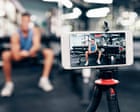



_1.jpg)

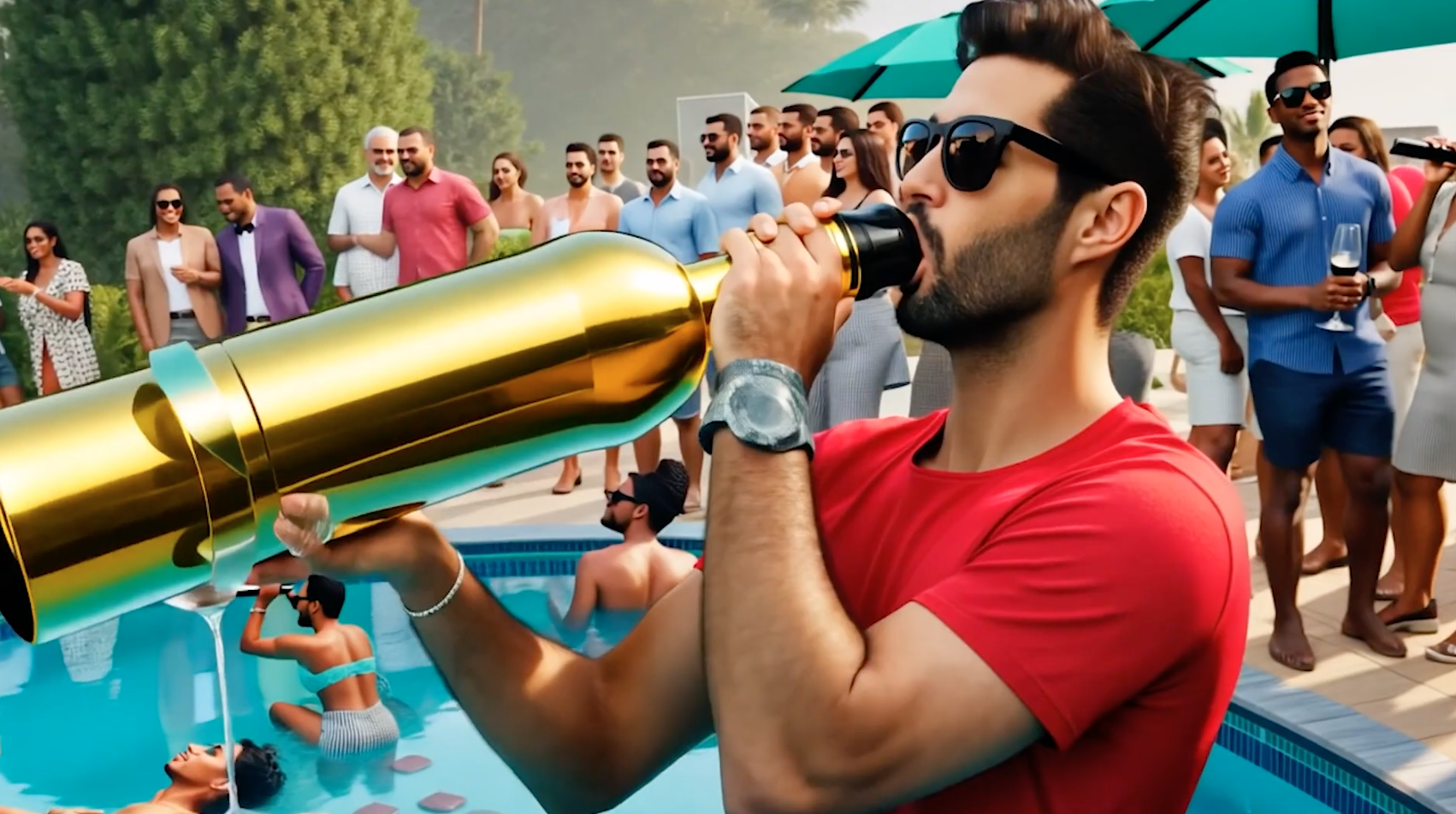
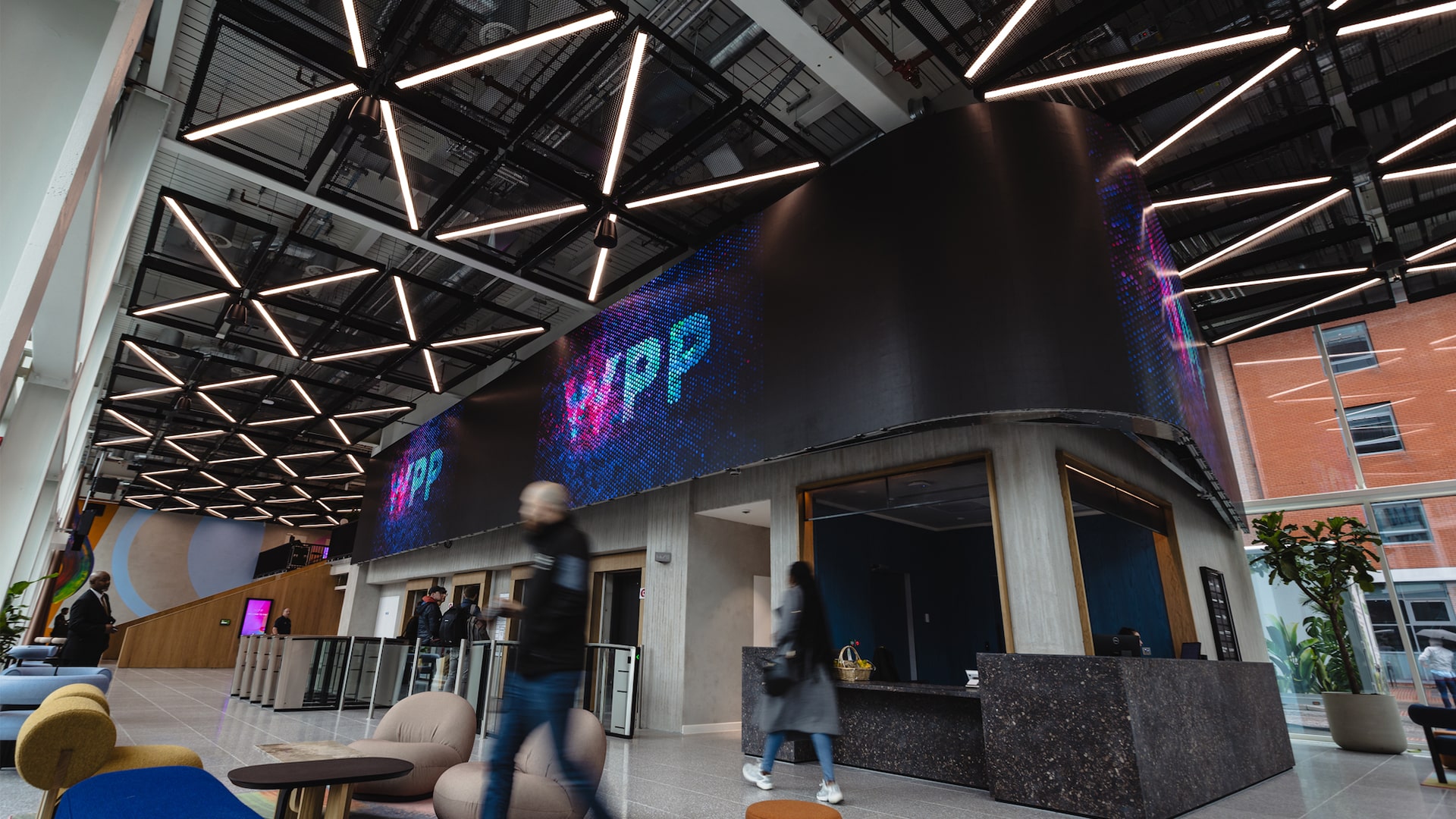
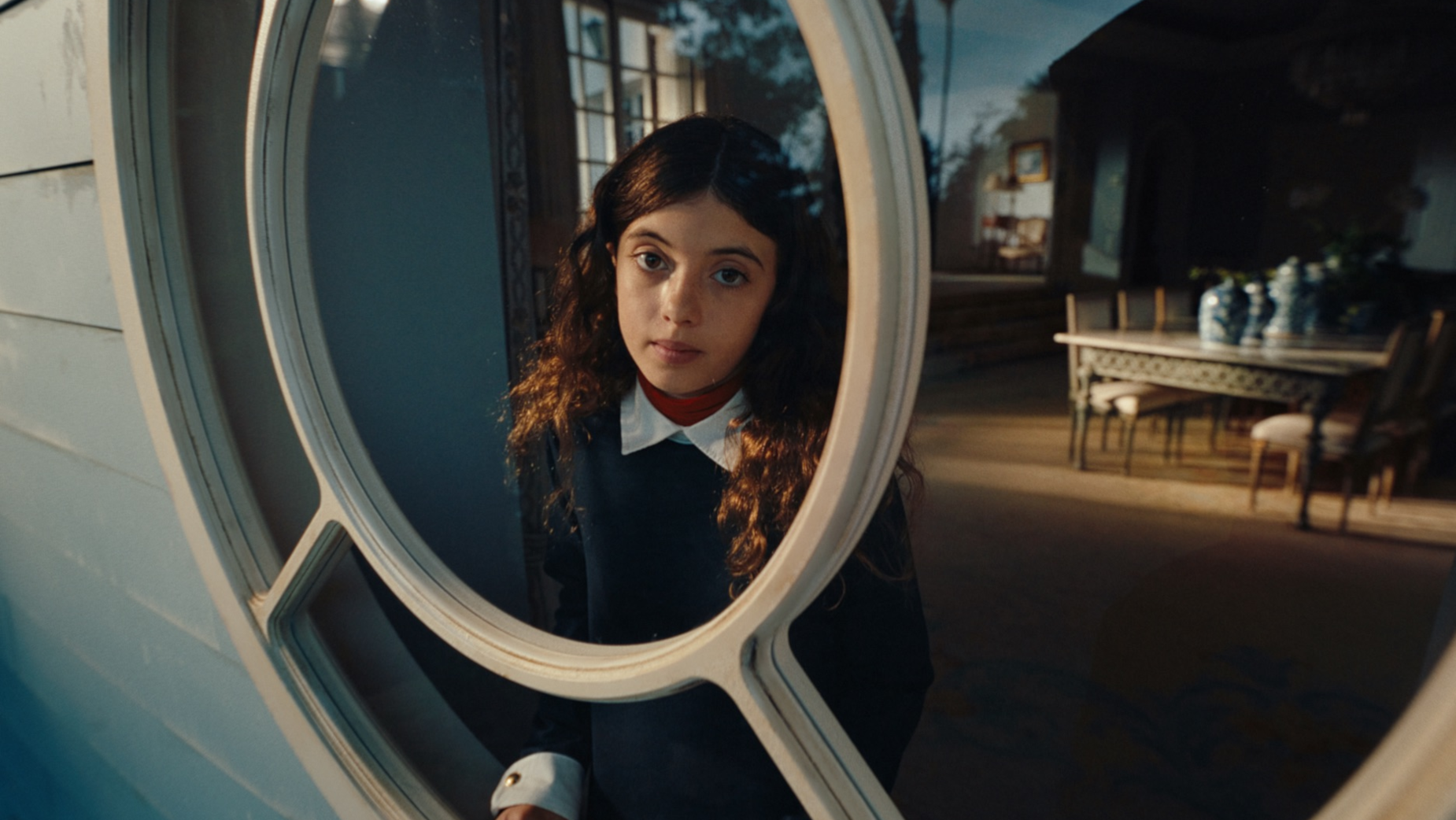
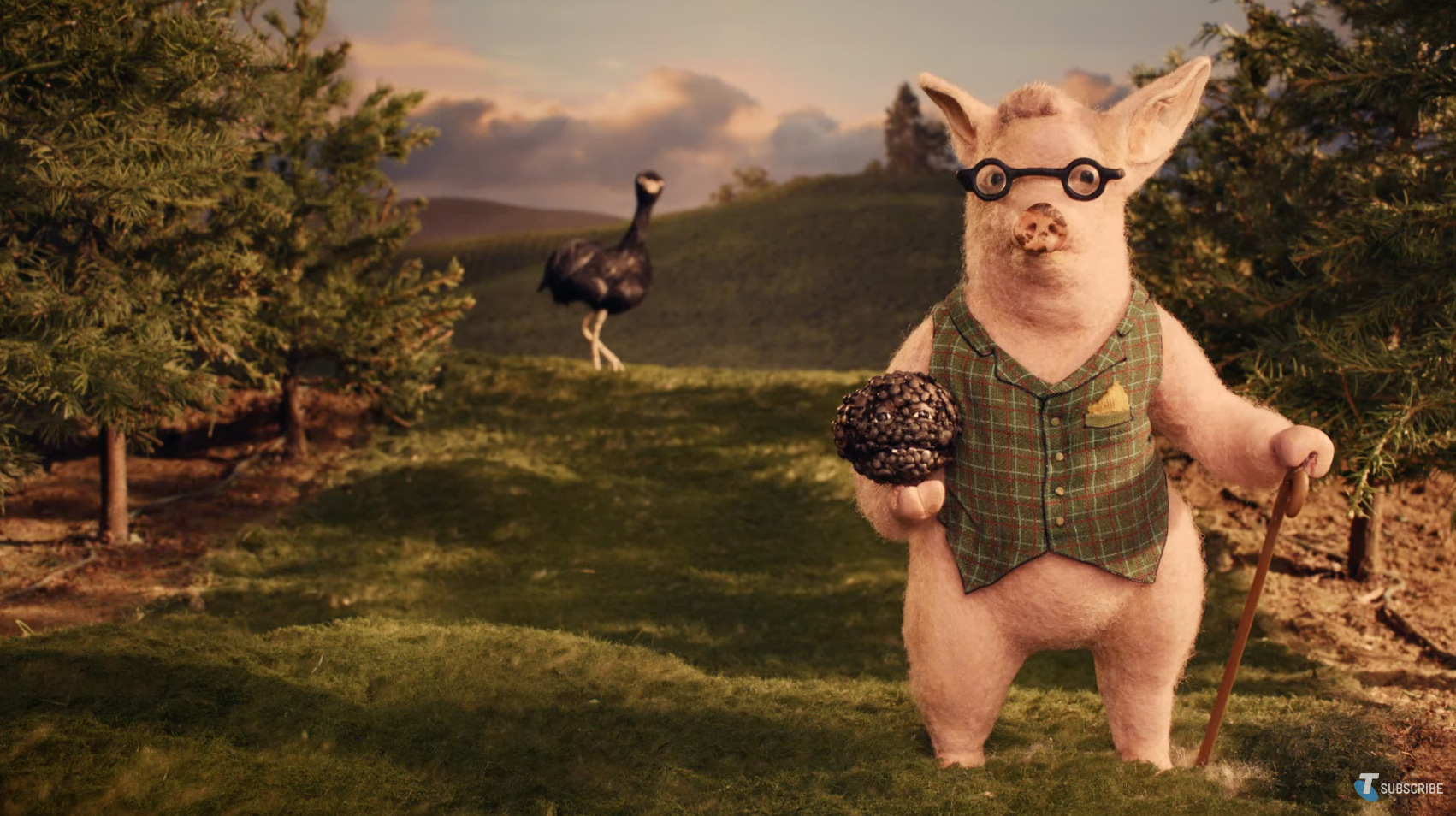
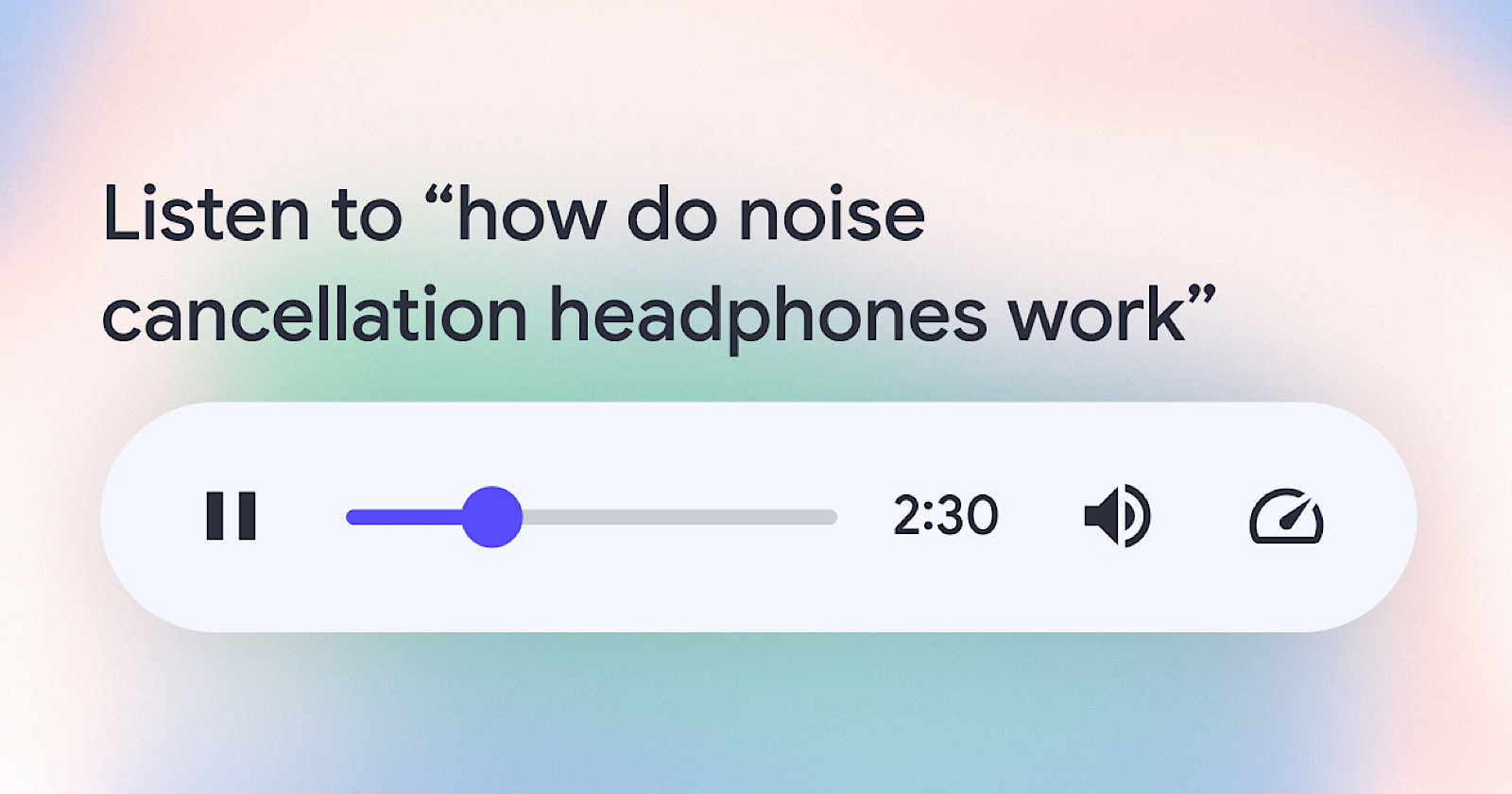

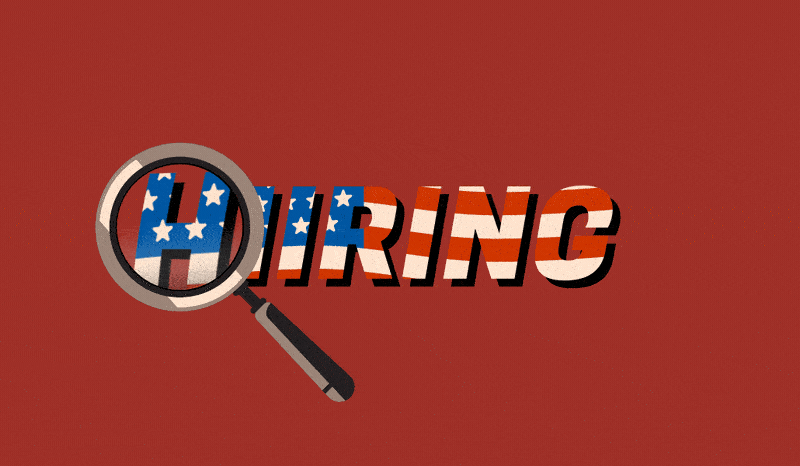


![Brand and SEO Sitting on a Tree: K-I-S-S-I-N-G [Mozcon 2025 Speaker Series]](https://moz.com/images/blog/banners/Mozcon2025_SpeakerBlogHeader_1180x400_LidiaInfante_London.png?auto=compress,format&fit=crop&dm=1749465874&s=56275e60eb1f4363767c42d318c4ef4a#)

![How To Launch, Grow, and Scale a Community That Supports Your Brand [MozCon 2025 Speaker Series]](https://moz.com/images/blog/banners/Mozcon2025_SpeakerBlogHeader_1180x400_Areej-abuali_London.png?auto=compress,format&fit=crop&dm=1747732165&s=beb7825c980a8c74f9a756ec91c8d68b#)
![Clicks Don’t Pay the Bills: Use This Audit Framework To Prove Content Revenue [Mozcon 2025 Speaker Series]](https://moz.com/images/blog/banners/Mozcon2025_SpeakerBlogHeader_1180x400_Hellen_London.png?auto=compress,format&fit=crop&dm=1747758249&s=9f3c5b1b7421f862beace1cb513053bb#)
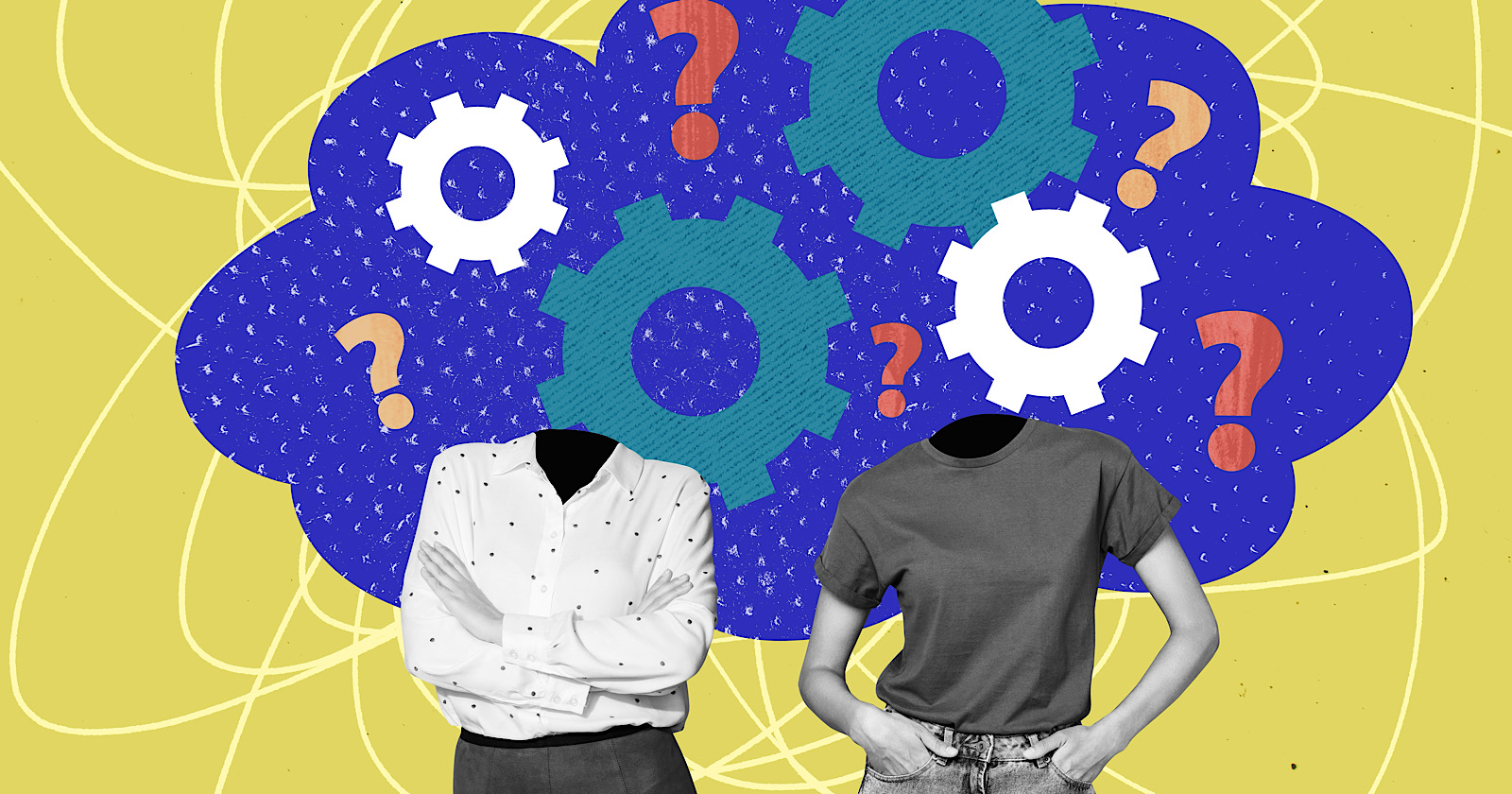
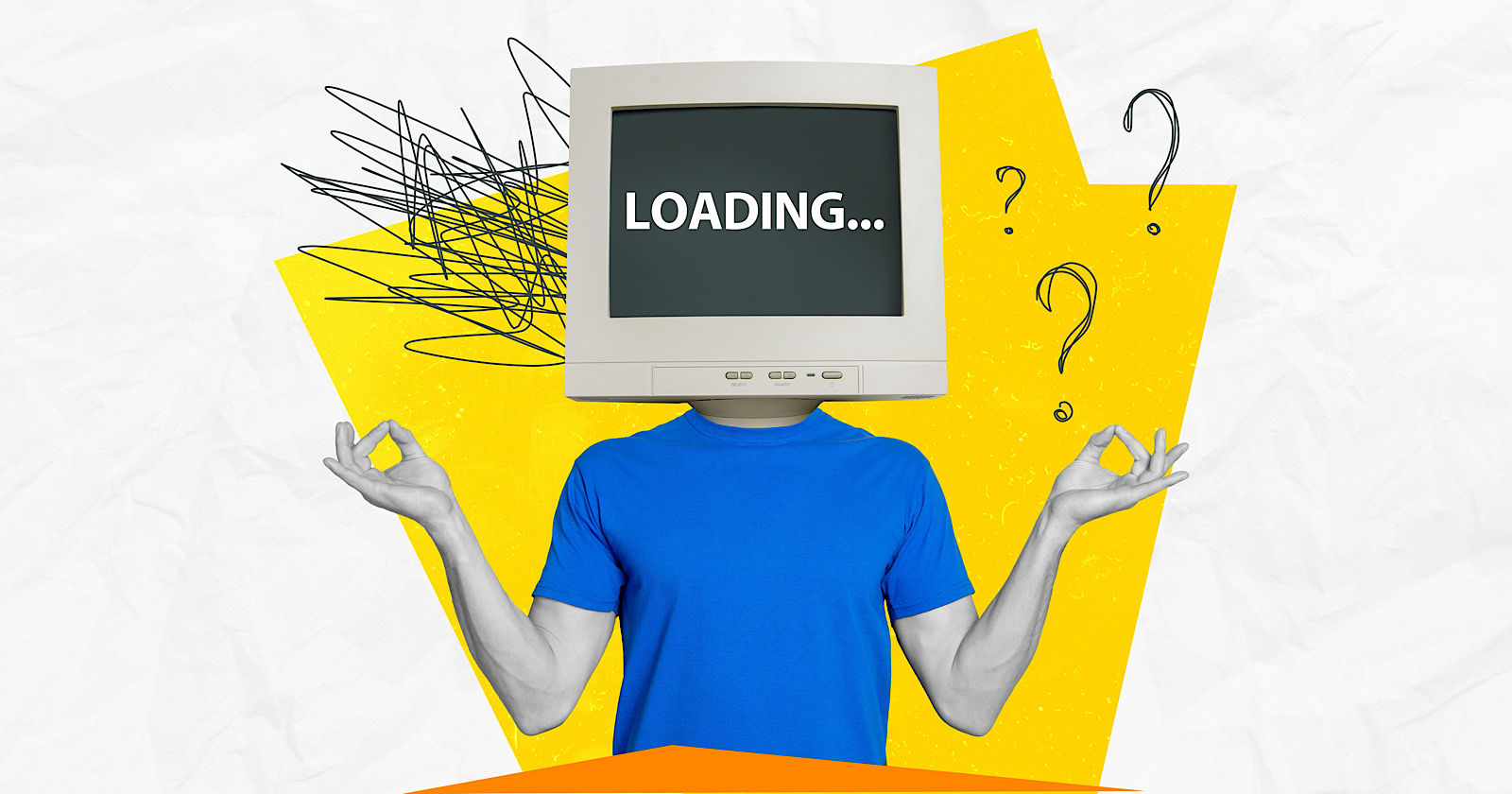









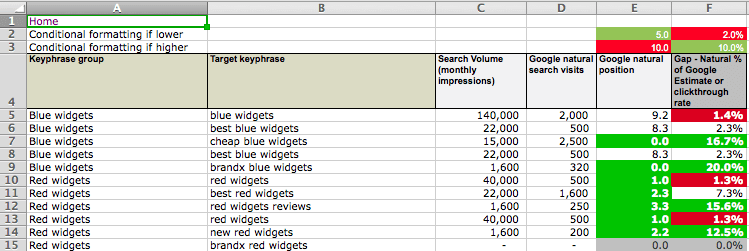
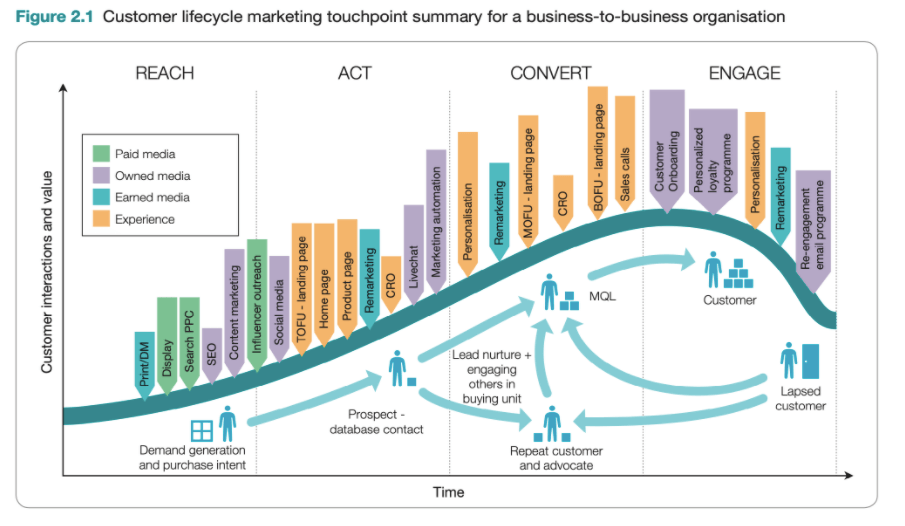











![The 11 Best Landing Page Builder Software Tools [2025]](https://www.growthmarketingpro.com/wp-content/uploads/2024/04/best-landing-page-software-hero-image-1024x618.png?#)




































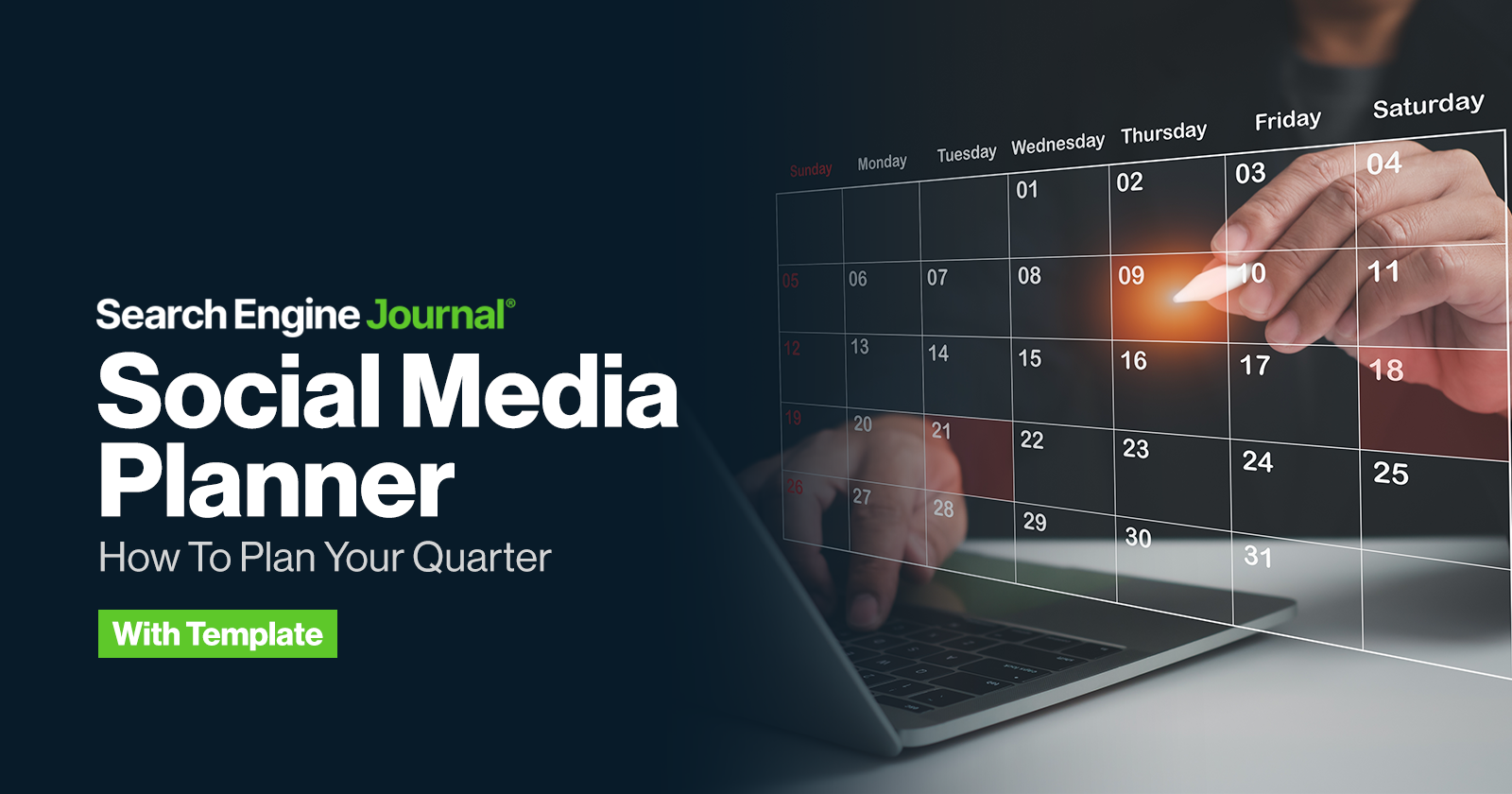


![How To Build AI Tools To Automate Your SEO Workflows [MozCon 2025 Speaker Series]](https://moz.com/images/blog/banners/Mozcon2025_SpeakerBlogHeader_1180x400_Andrew_London-1.png?auto=compress,format&fit=crop&dm=1749642474&s=7897686f91f4e22a1f5191ea07414026#)



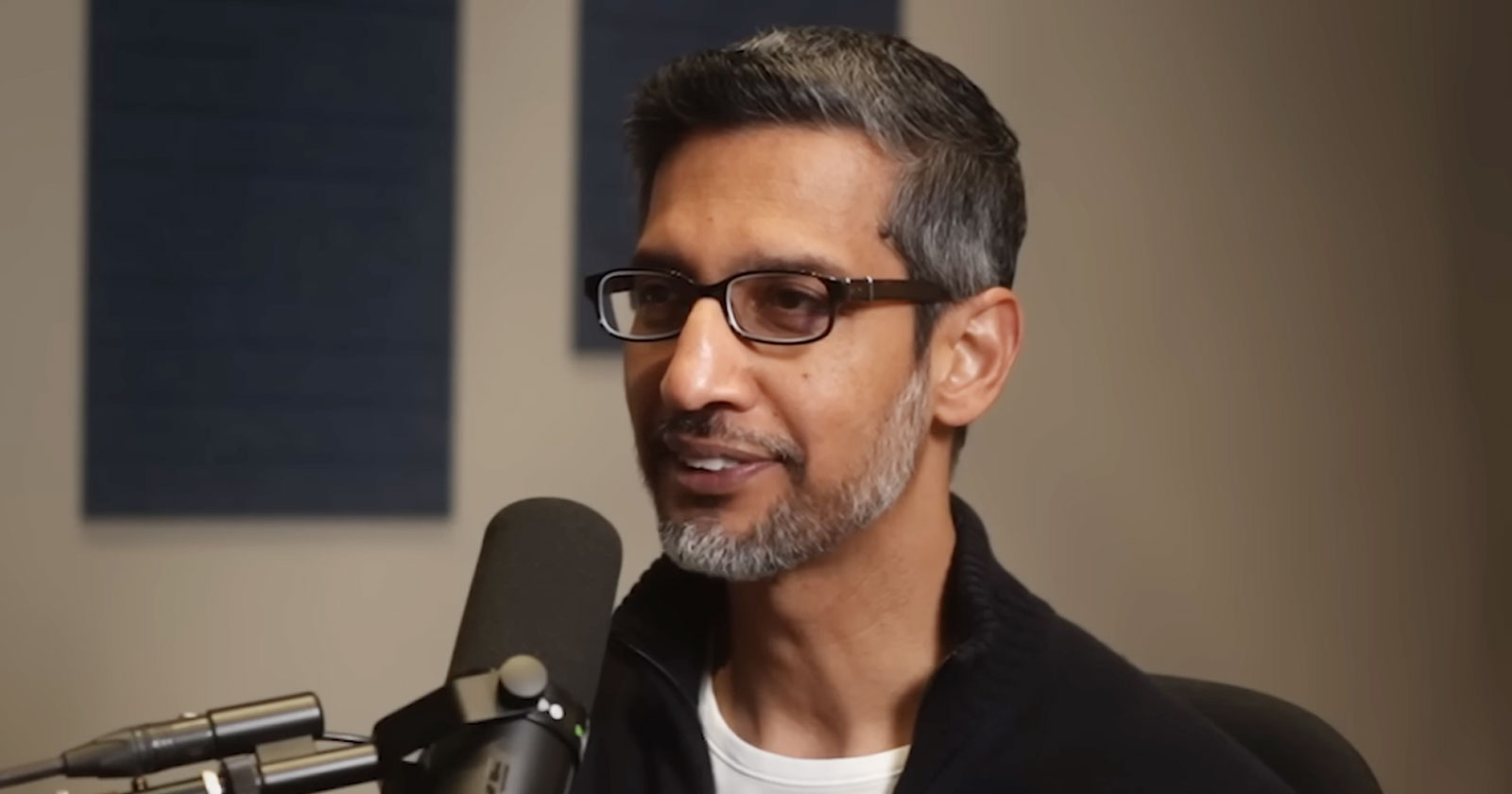
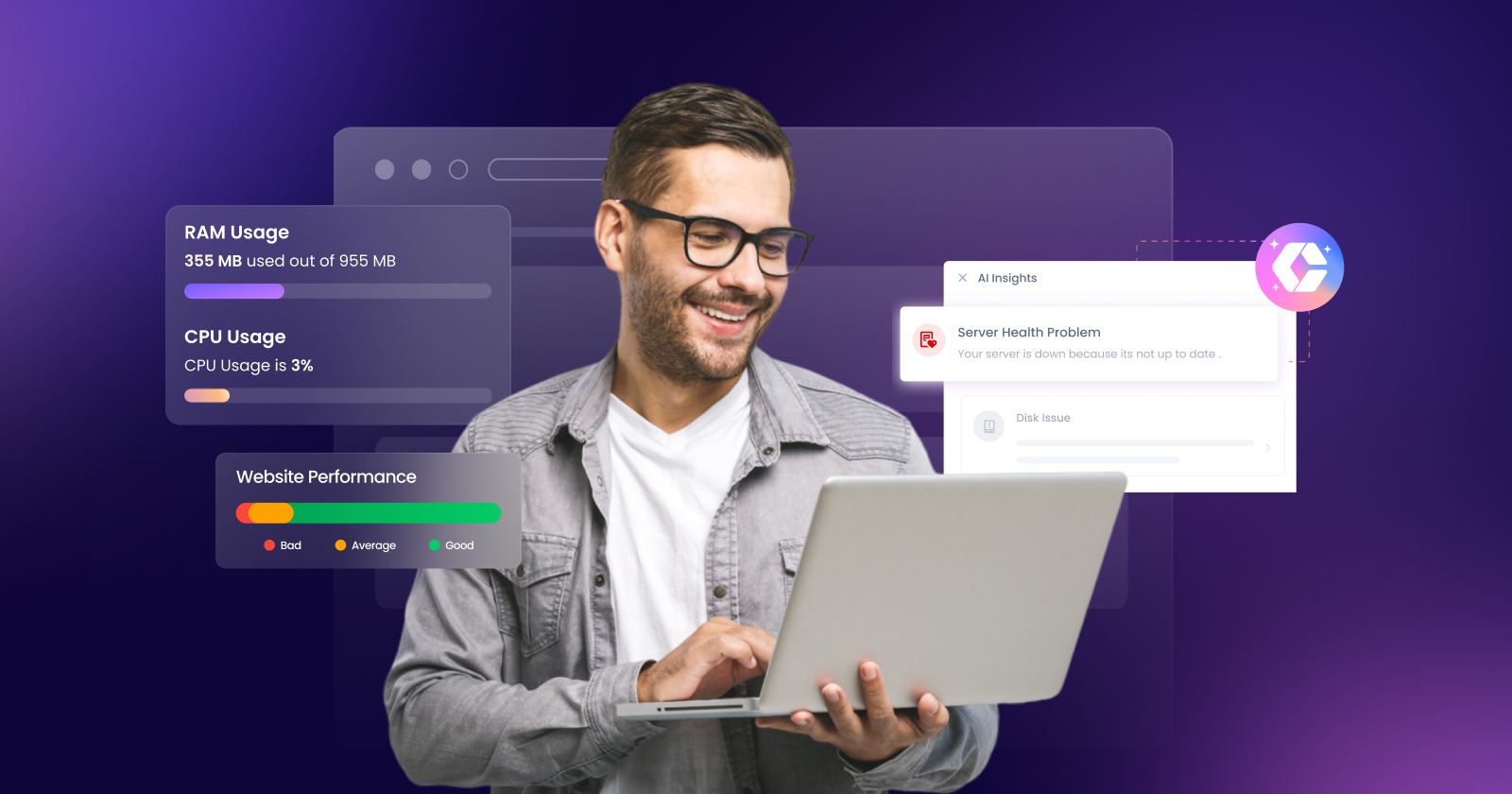
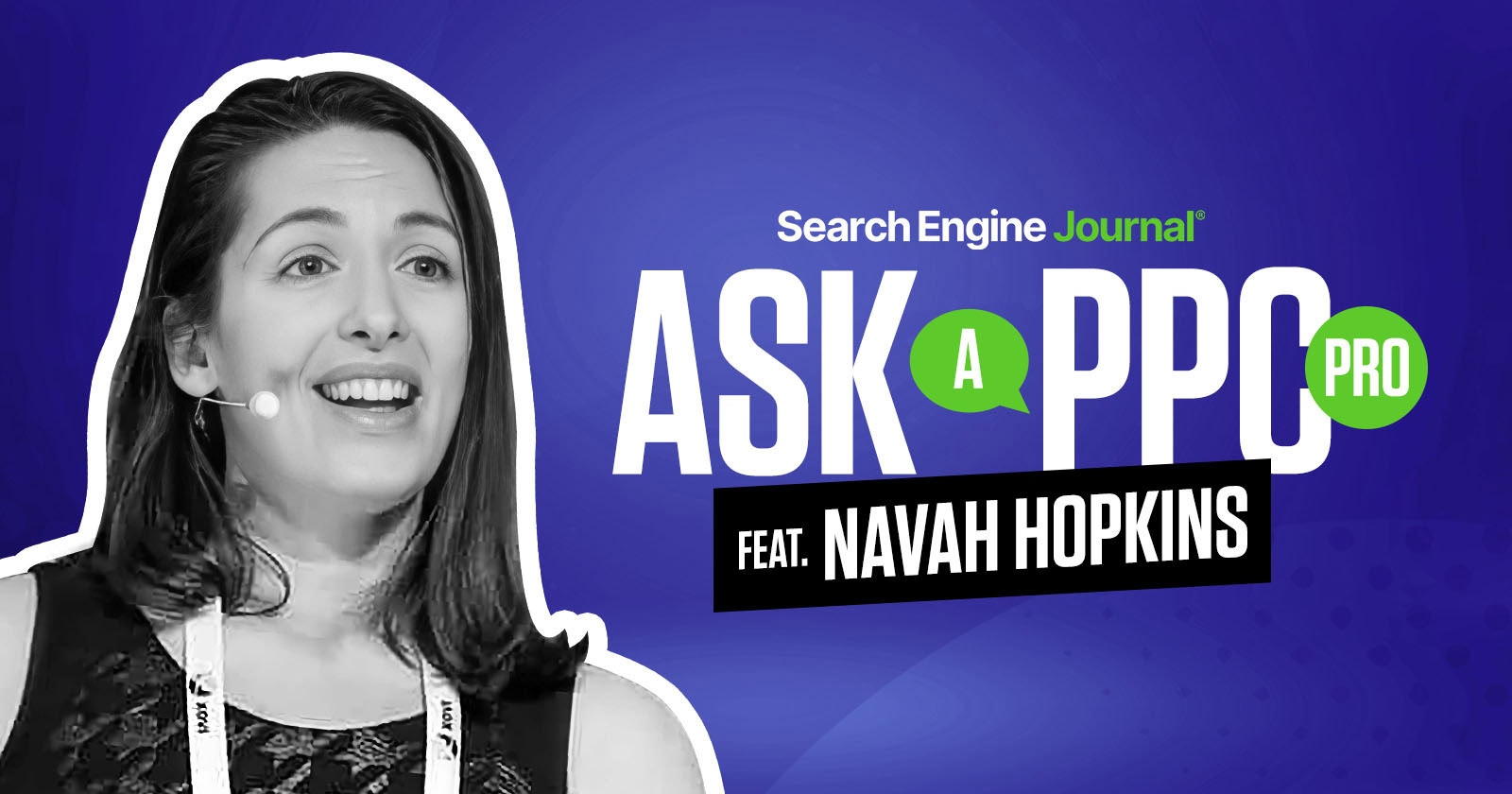





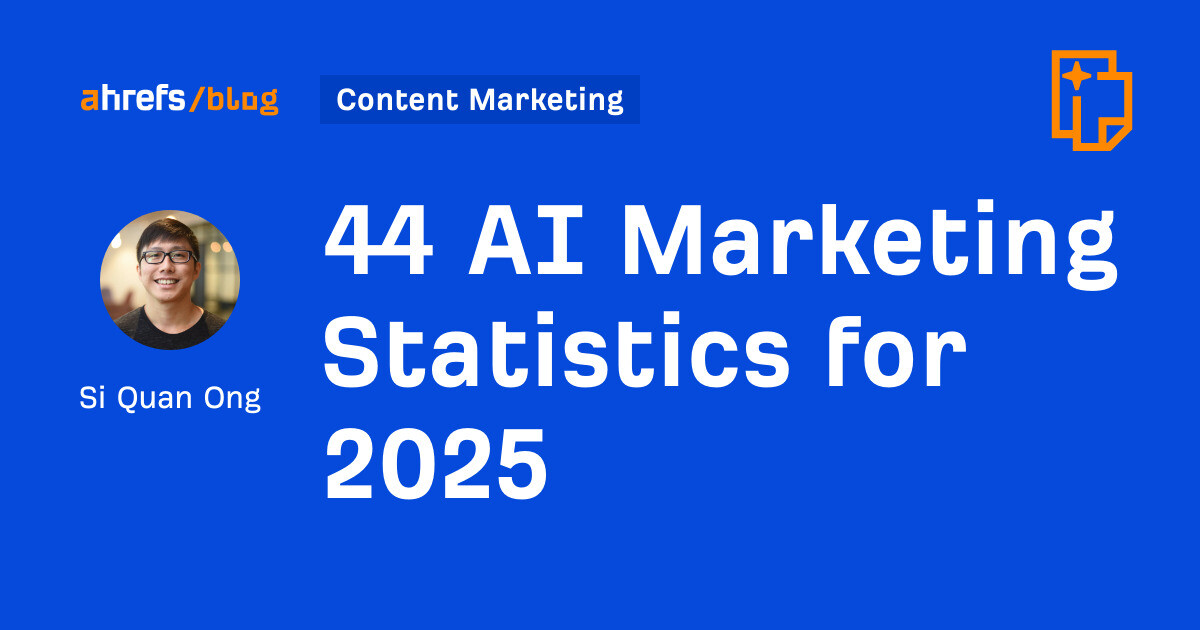
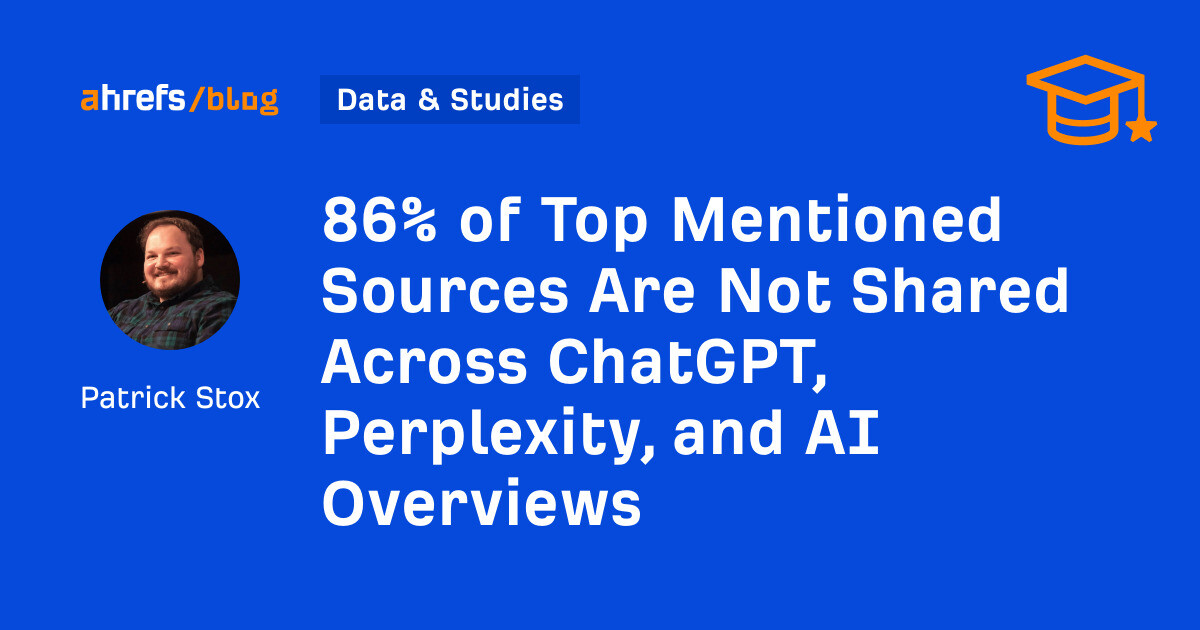
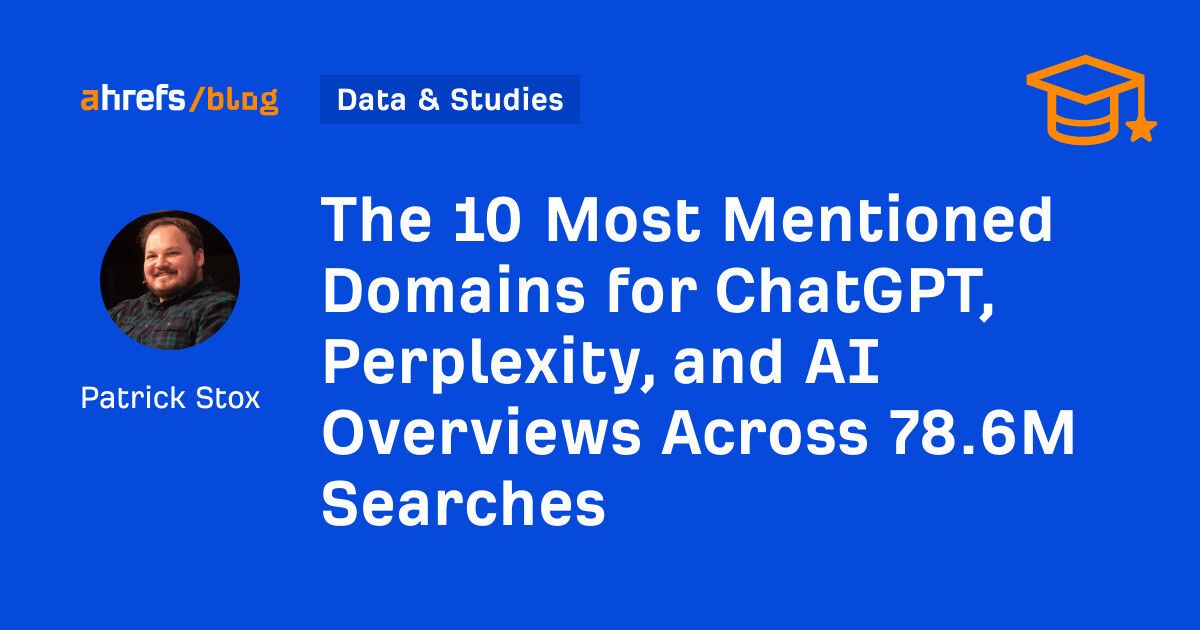
![Marketers Using AI Publish 42% More Content [+ New Research Report]](https://ahrefs.com/blog/wp-content/uploads/2025/06/marketers-using-ai-publish-42-more-by-ryan-law-data-studies-1.jpg)
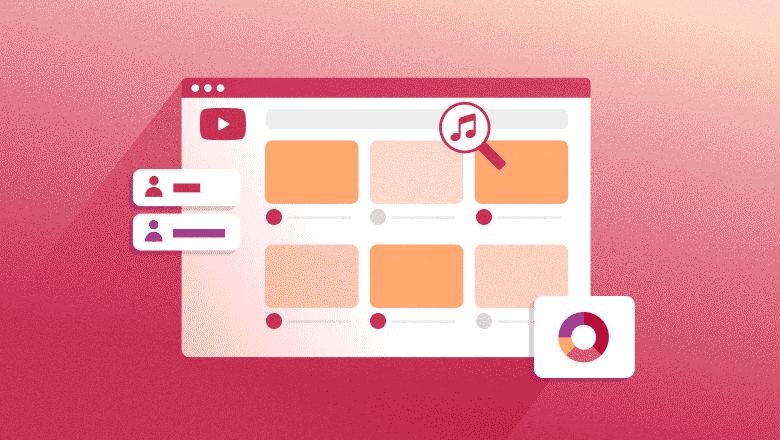

![Instagram hashtags: How to find best hashtags for Instagram [+ list]](https://media.sproutsocial.com/uploads/2023/07/Instagram-hashtags-how-to-find-and-use-the-best-hashtags-Final.jpg)

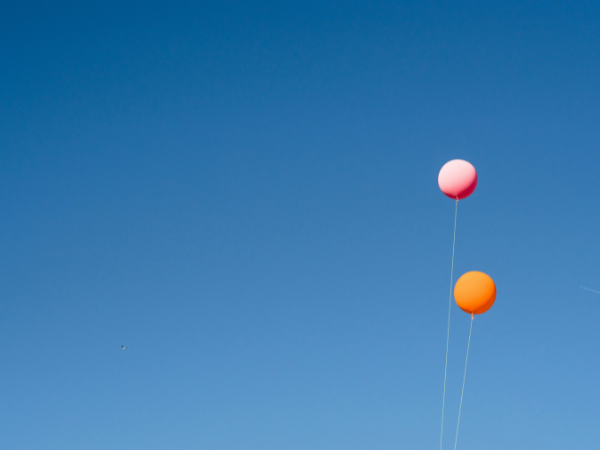
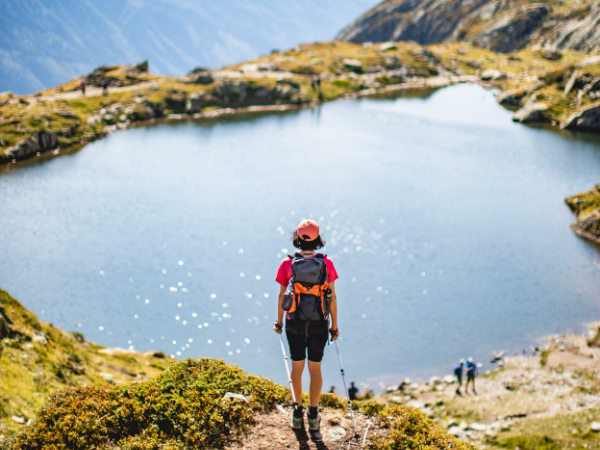
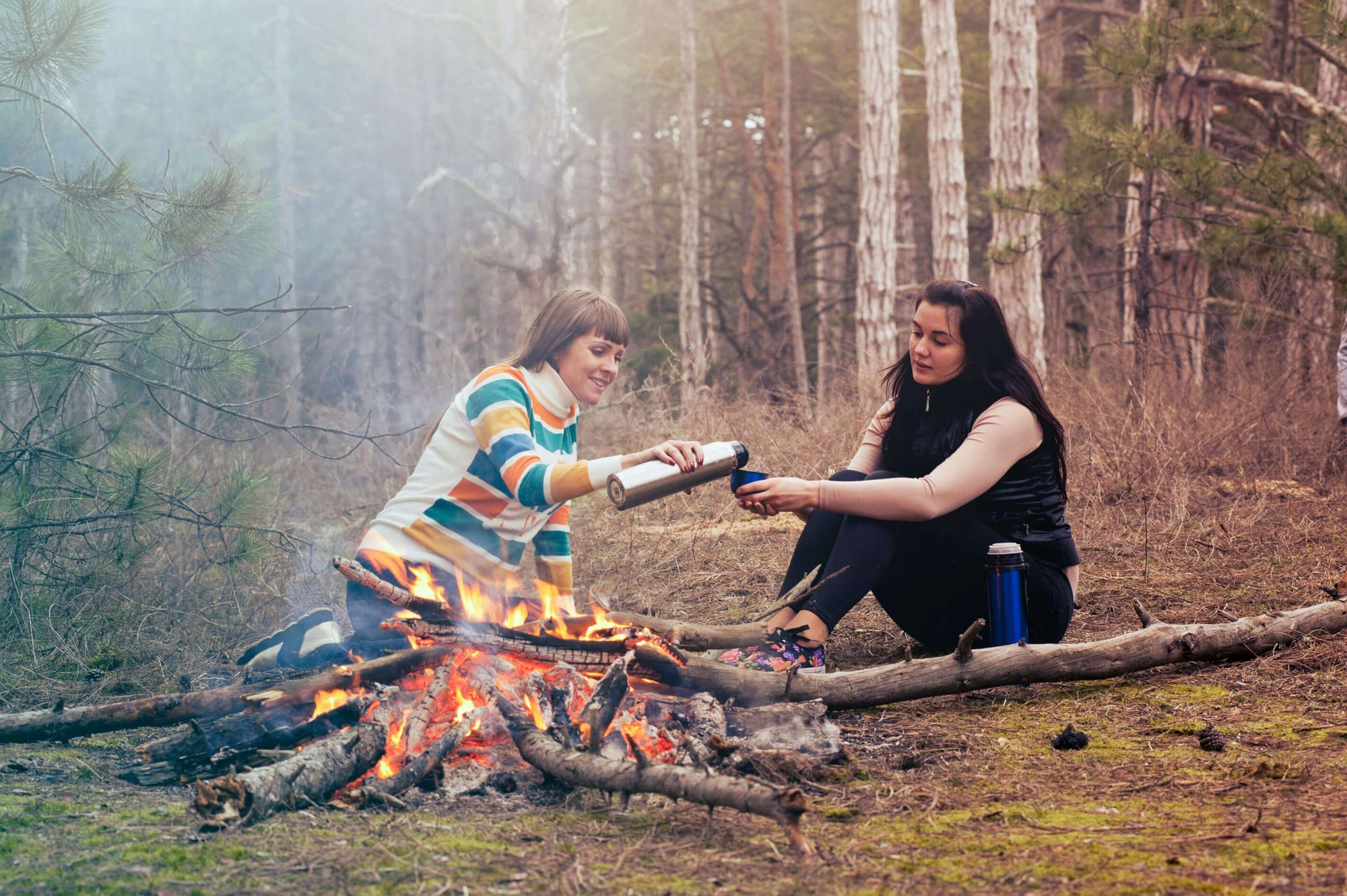




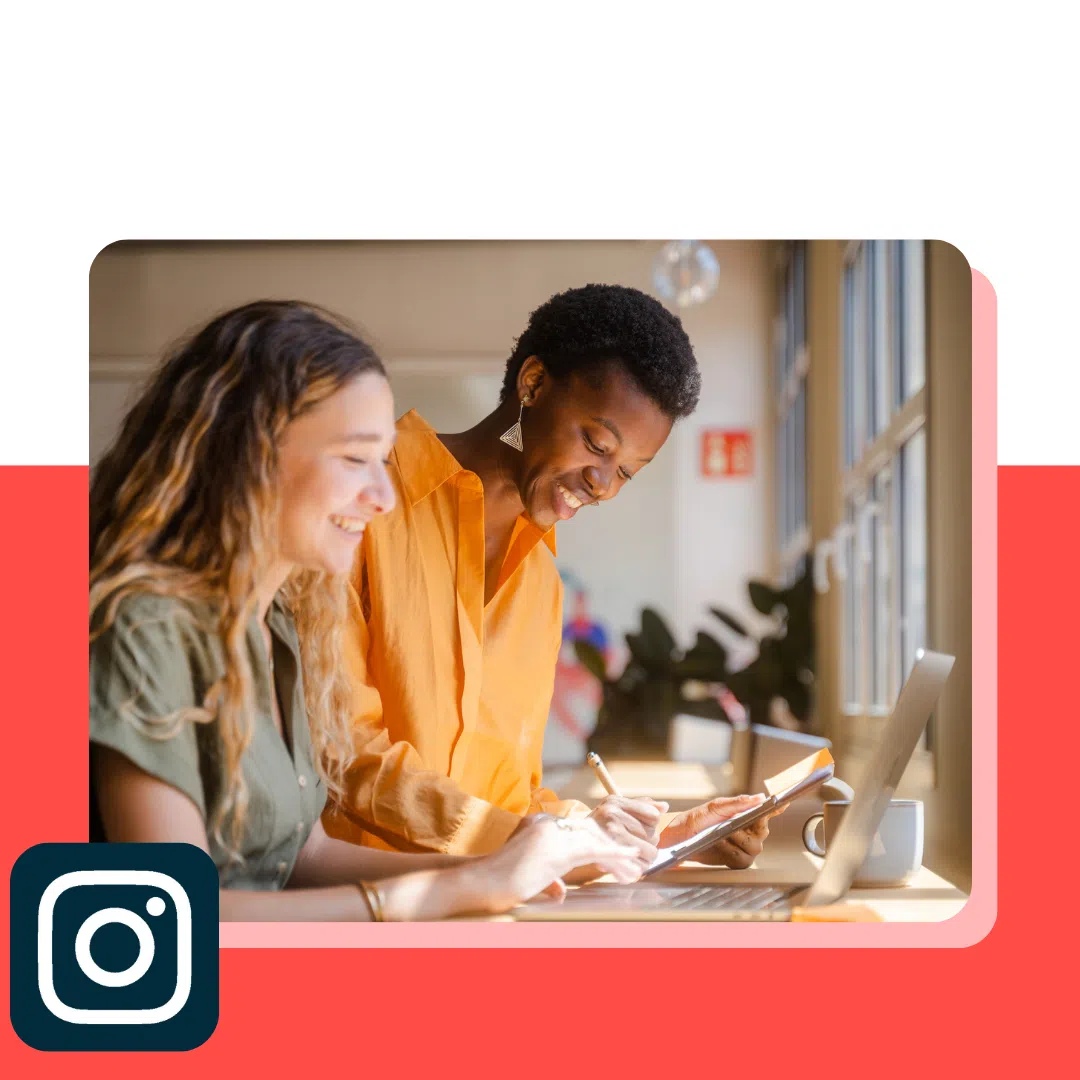
![Brand pitch guide for creators [deck and email templates]](https://blog.hootsuite.com/wp-content/uploads/2022/06/brand-pitch-template.png)
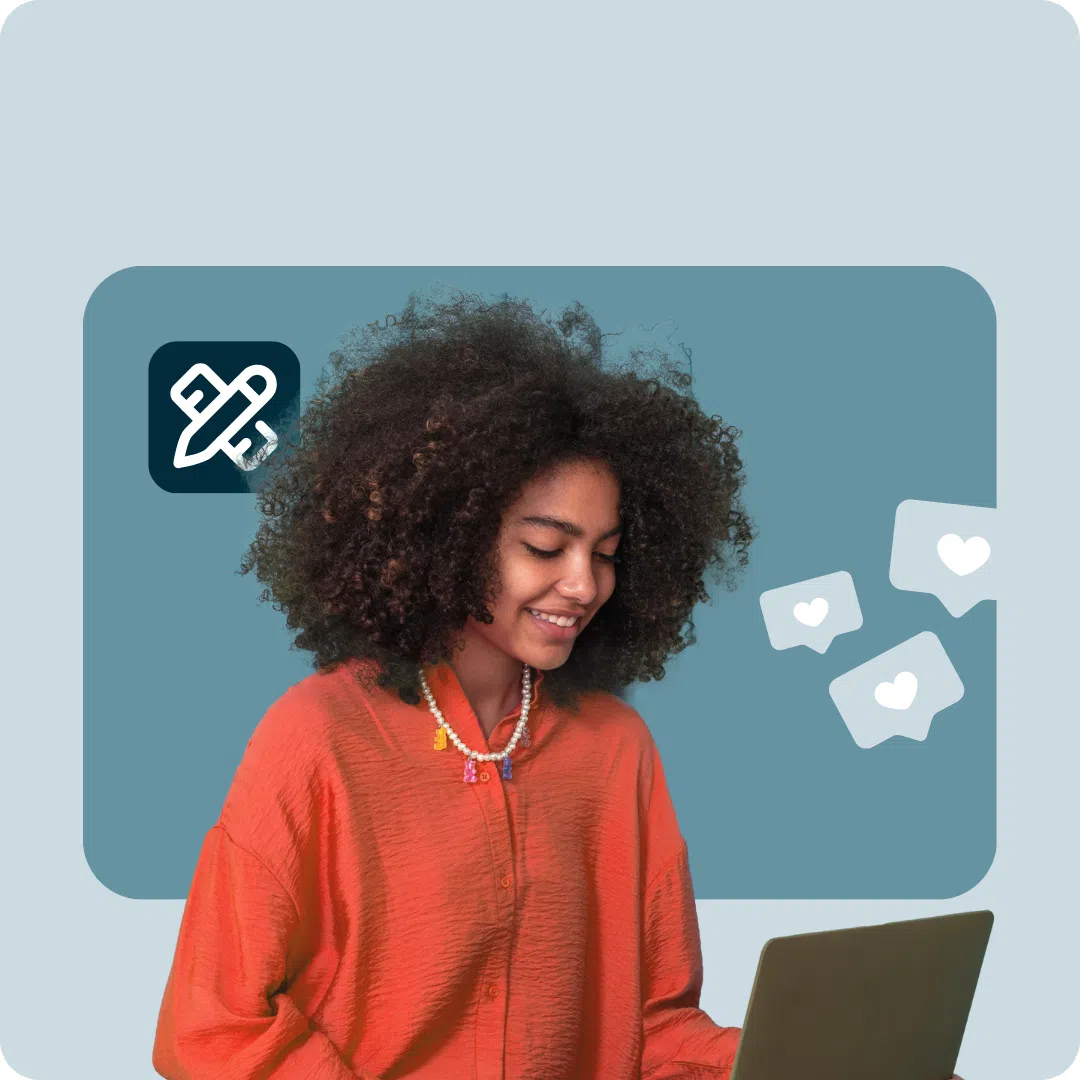
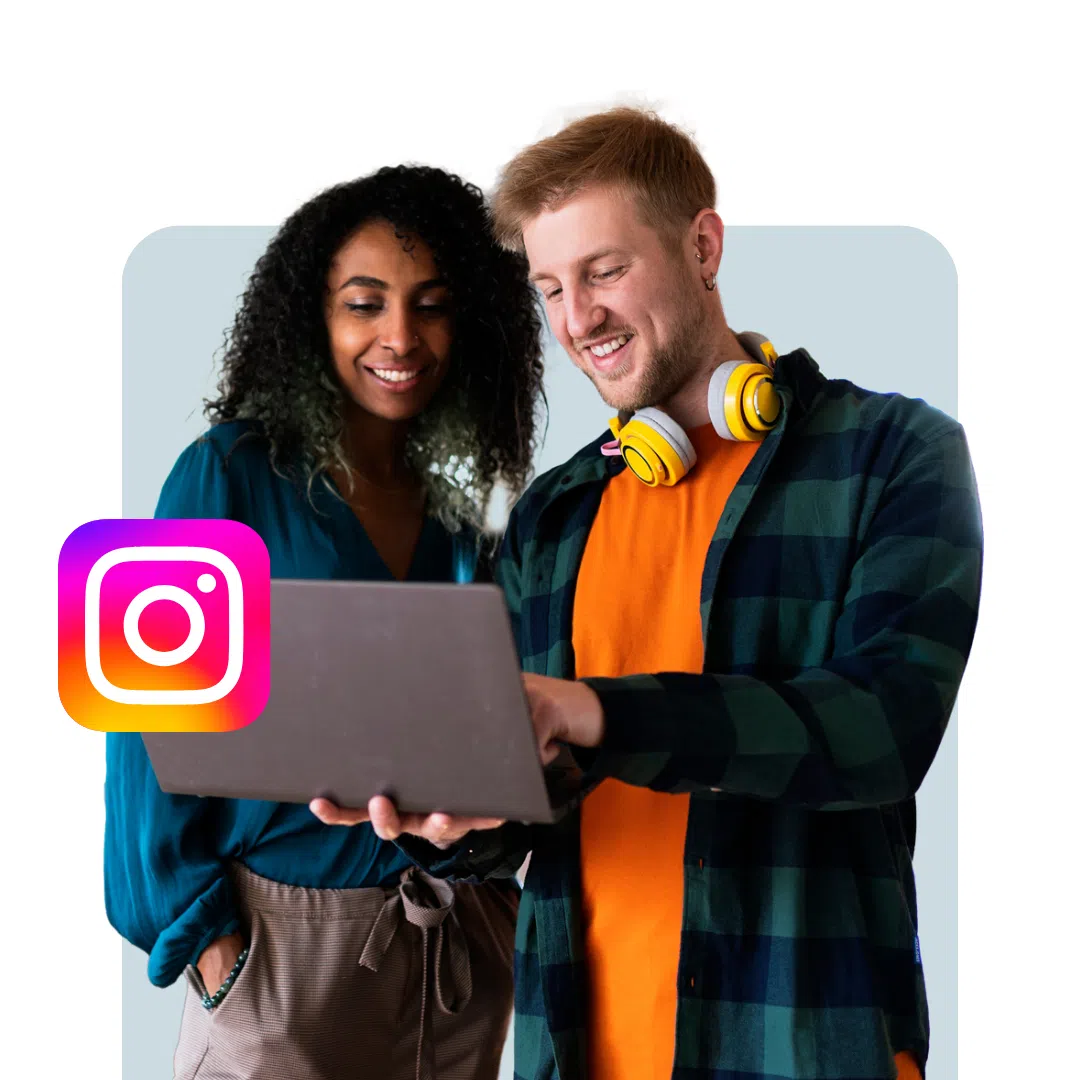

![The HubSpot Blog’s AI Trends for Marketers Report [key findings from 1,000+ marketing pros]](https://www.hubspot.com/hubfs/state-of-AI-1-20240626-53394.webp)
![AI can boost conversions from your web page — HubSpot’s CMO shows you how [tutorial]](https://knowledge.hubspot.com/hubfs/ai-1-20250605-395473.webp)
![The state of inclusive marketing in 2025 [new data + expert insight]](https://www.hubspot.com/hubfs/inclusive-marketing-report.webp)
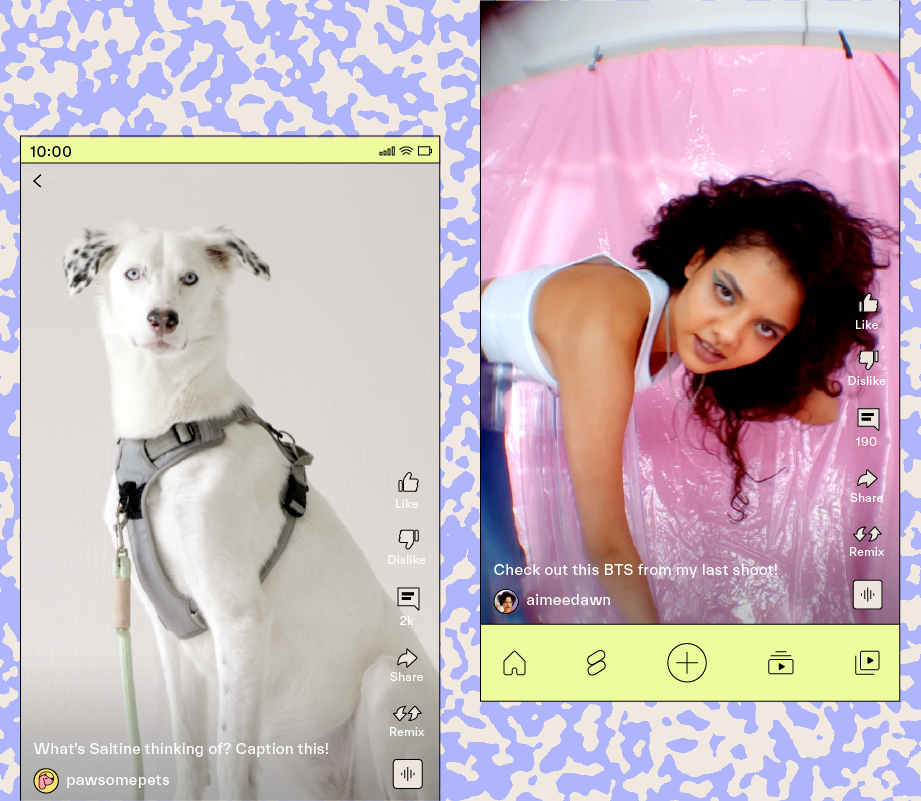
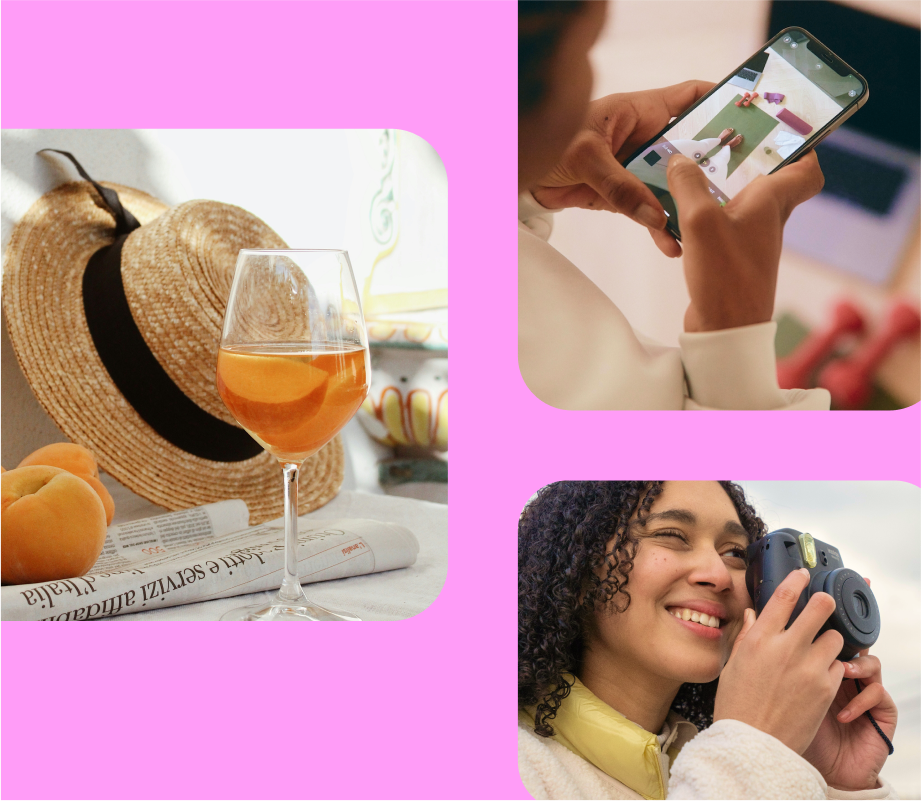
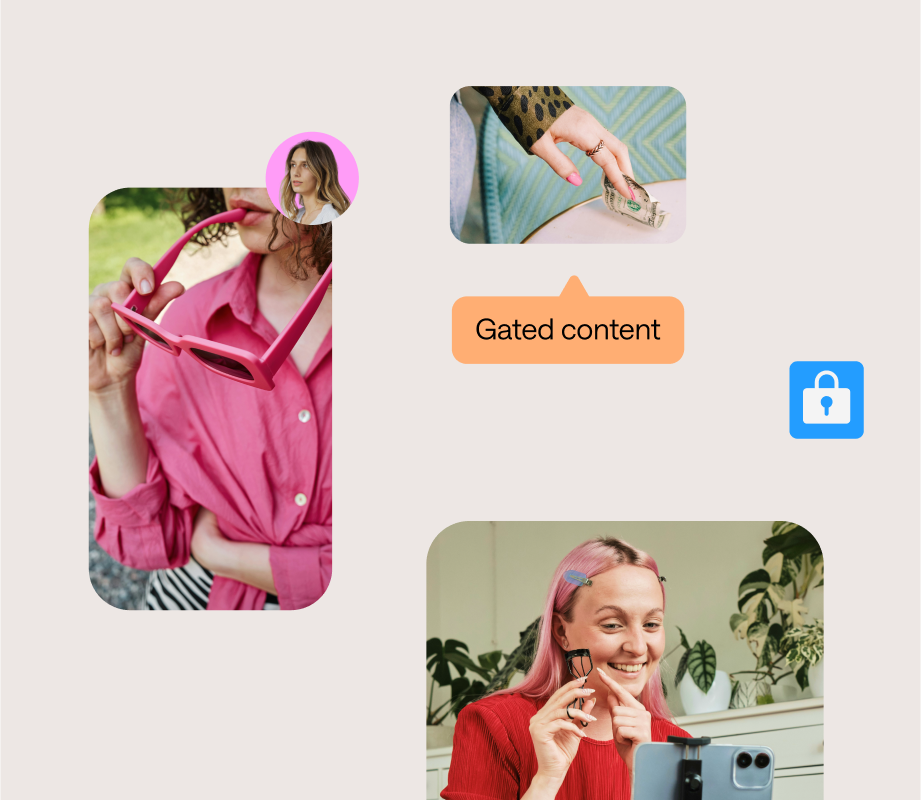
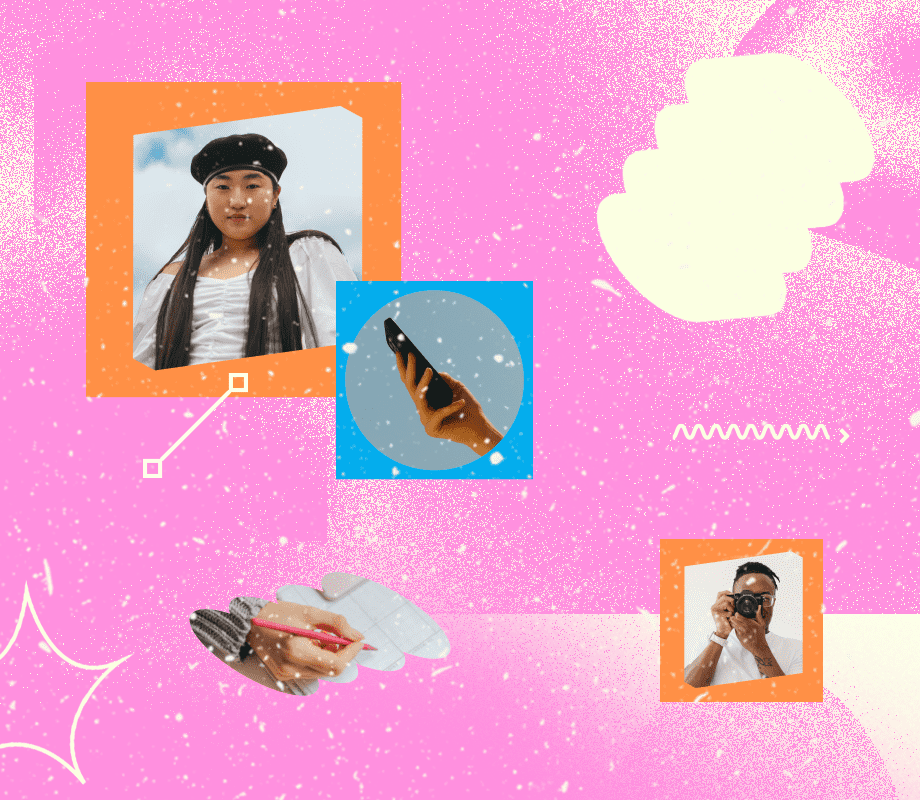
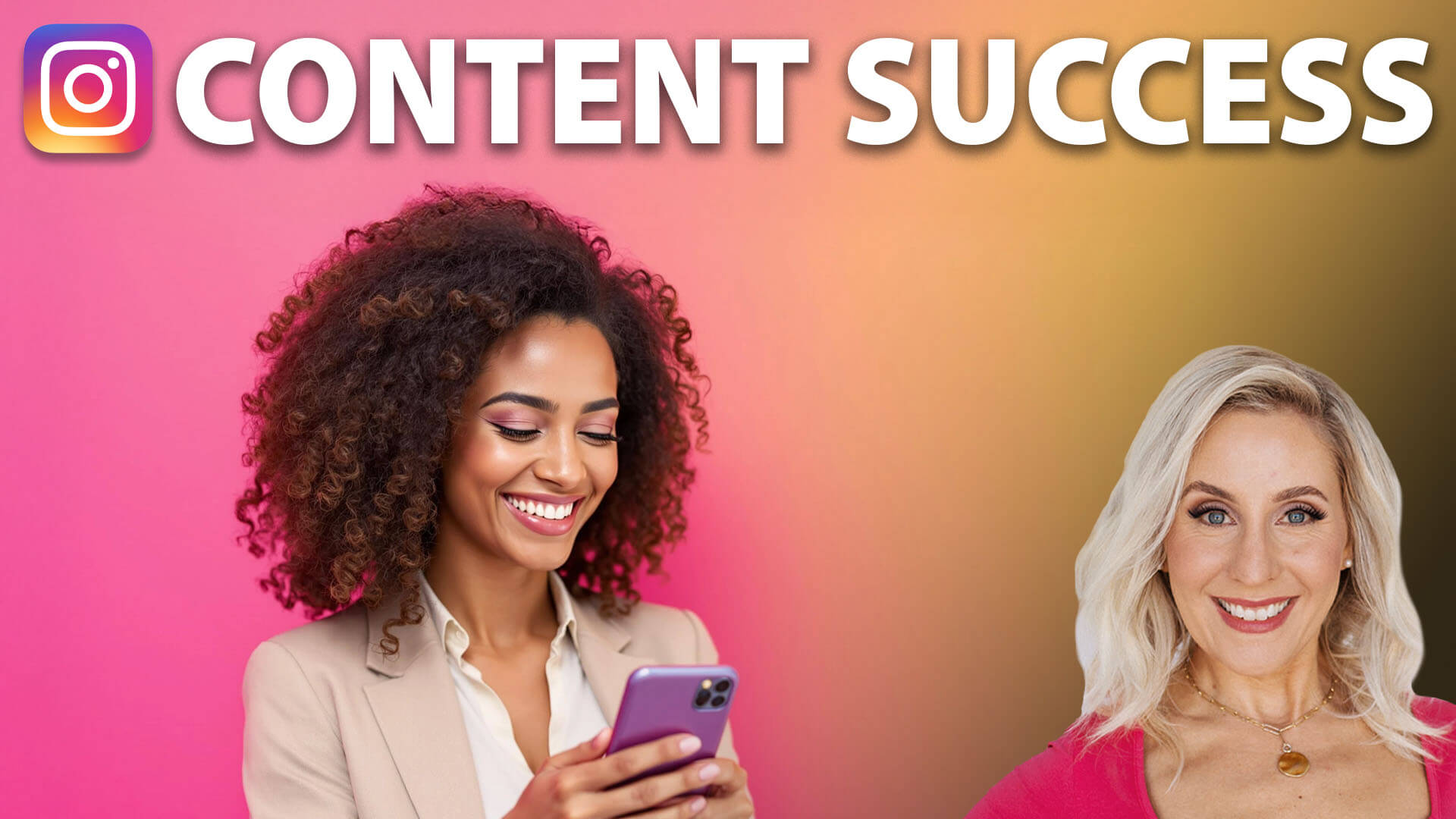

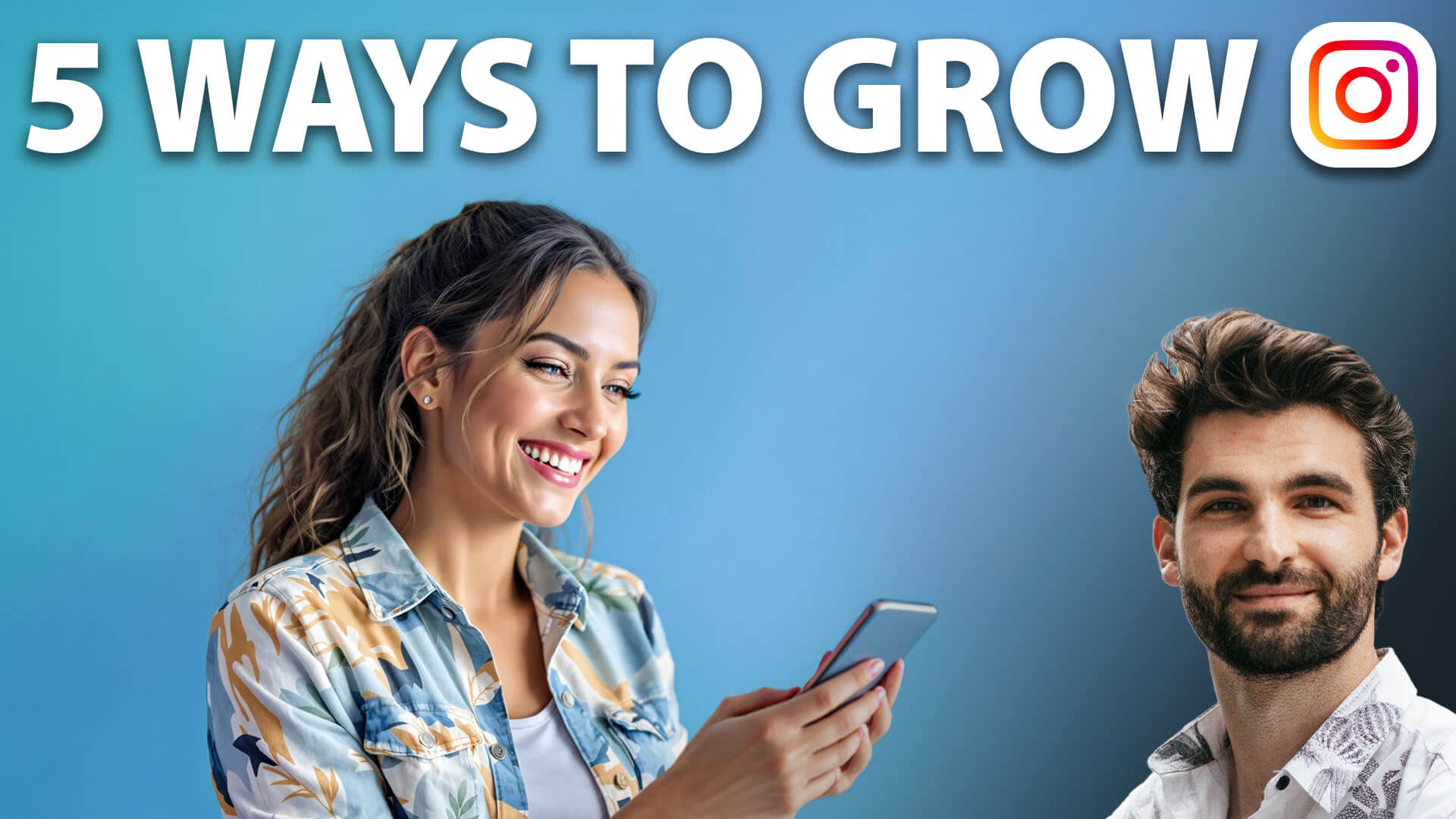
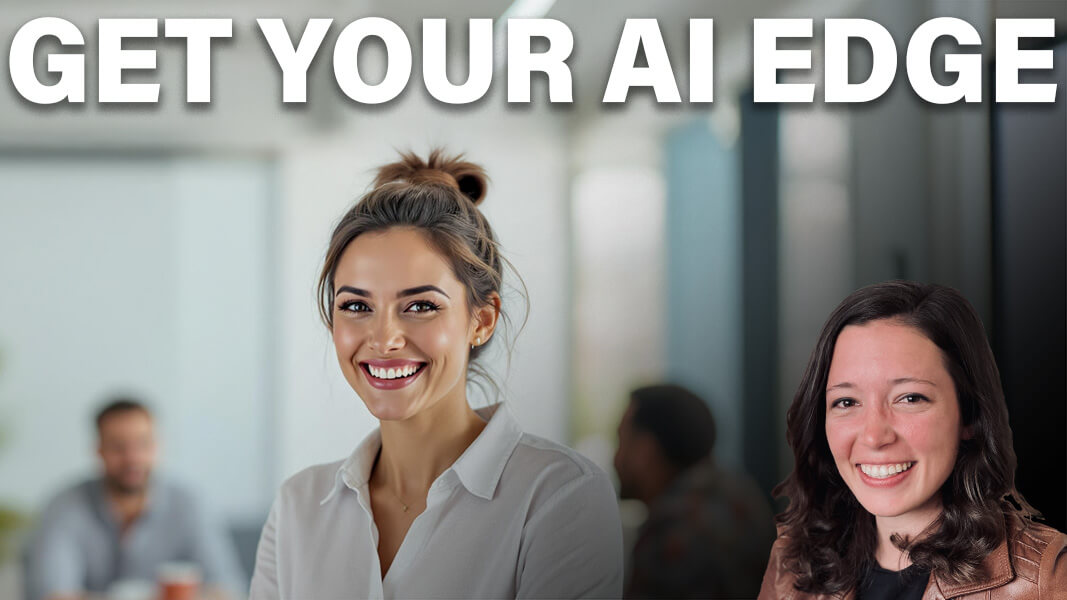



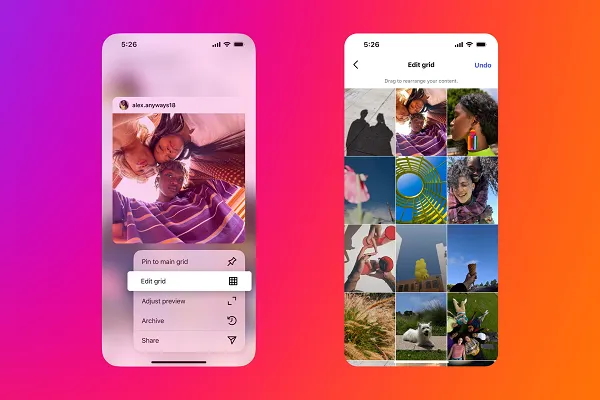
![X Highlights Back-To-School Marketing Opportunities [Infographic]](https://imgproxy.divecdn.com/dM1TxaOzbLu_kb9YjLpd7P_E_B_FkFsuKp2uSGPS5i8/g:ce/rs:fit:770:435/Z3M6Ly9kaXZlc2l0ZS1zdG9yYWdlL2RpdmVpbWFnZS94X2JhY2tfdG9fc2Nob29sMi5wbmc=.webp)
